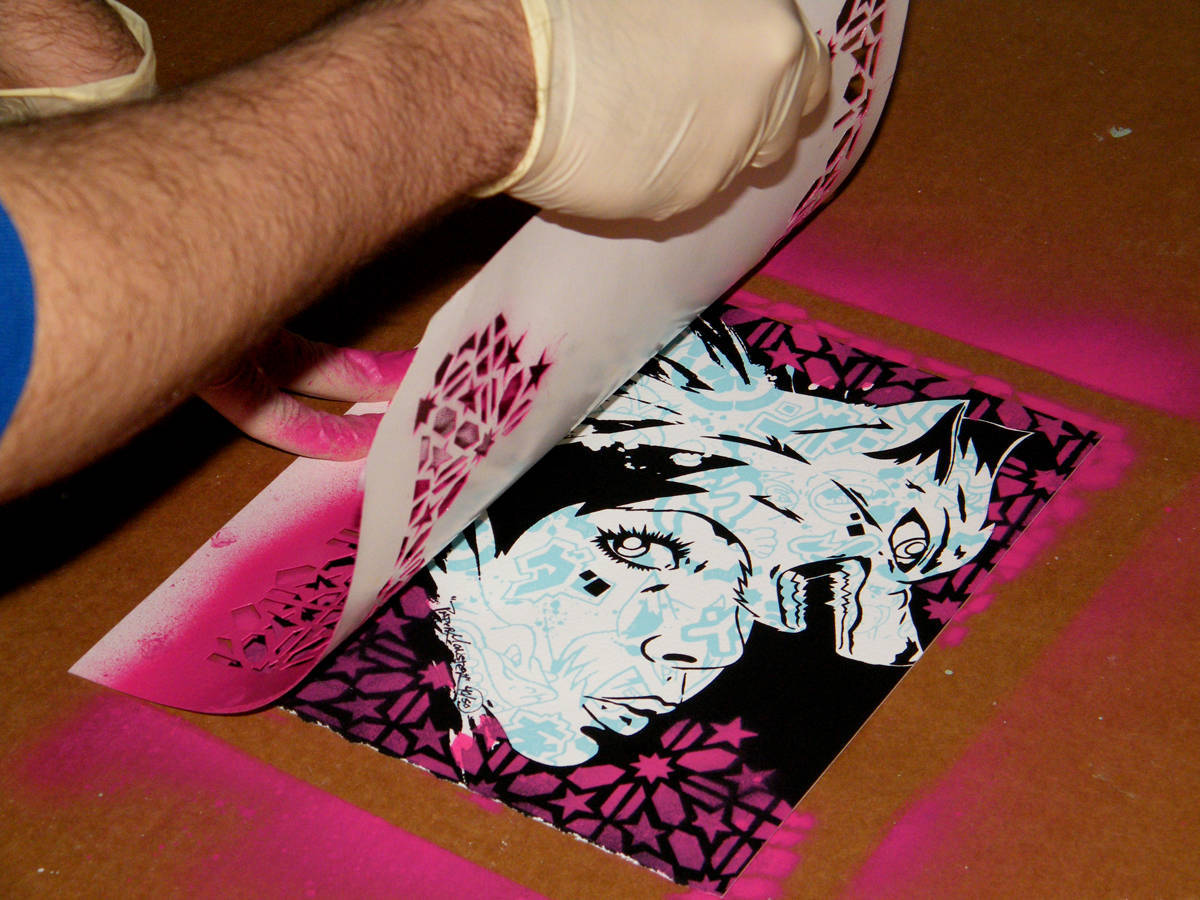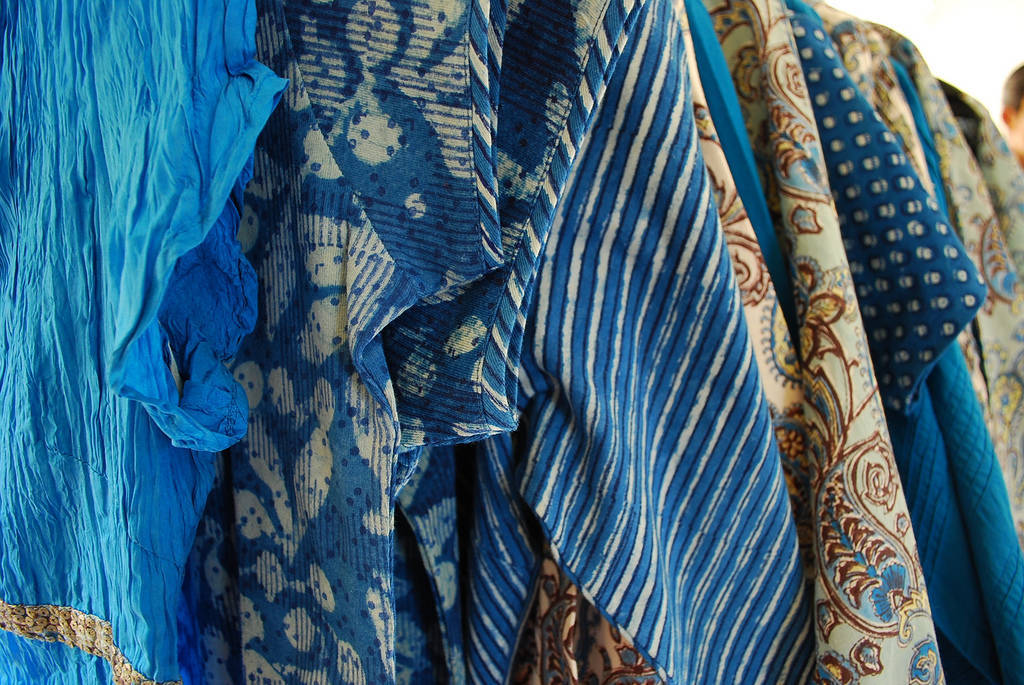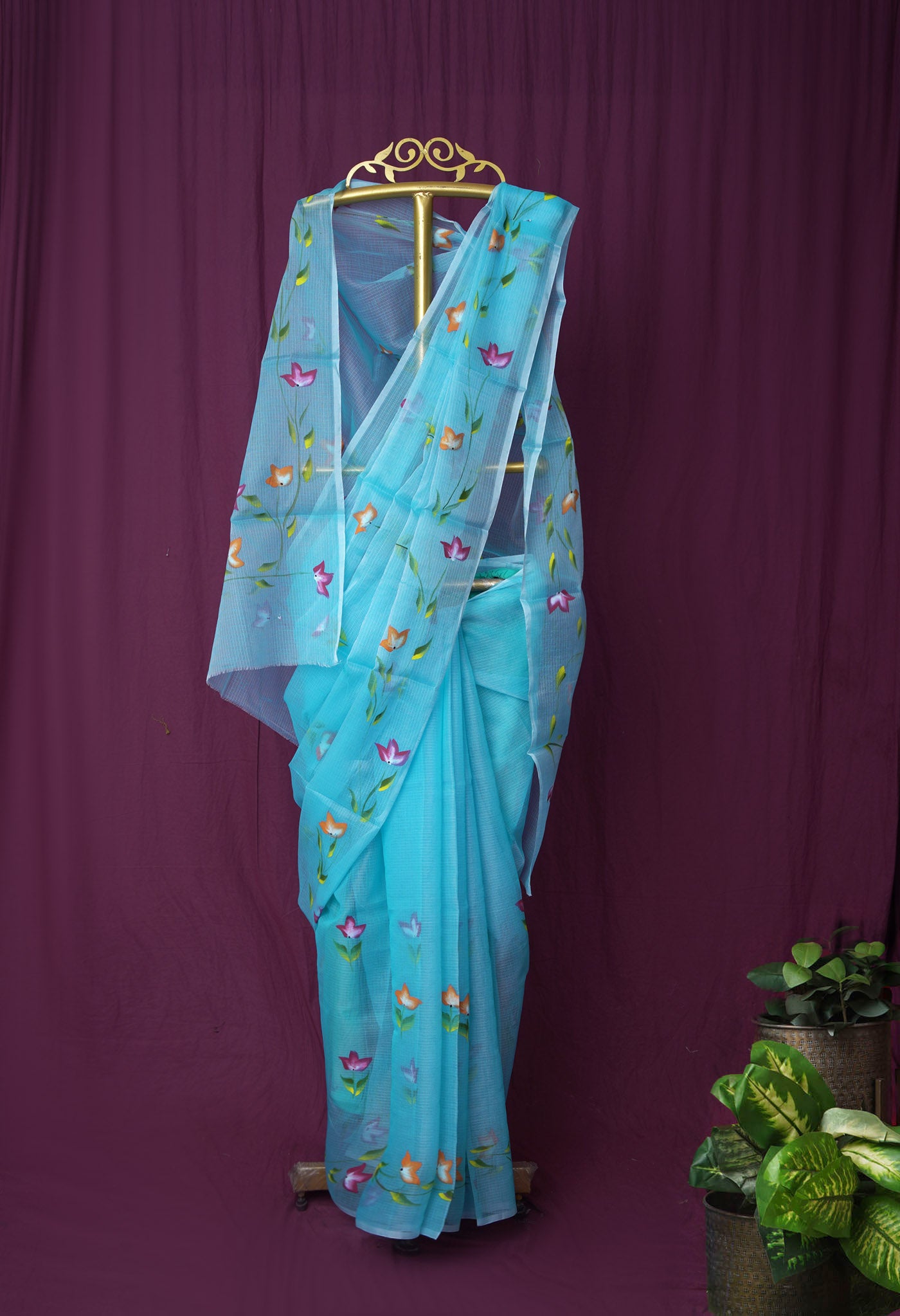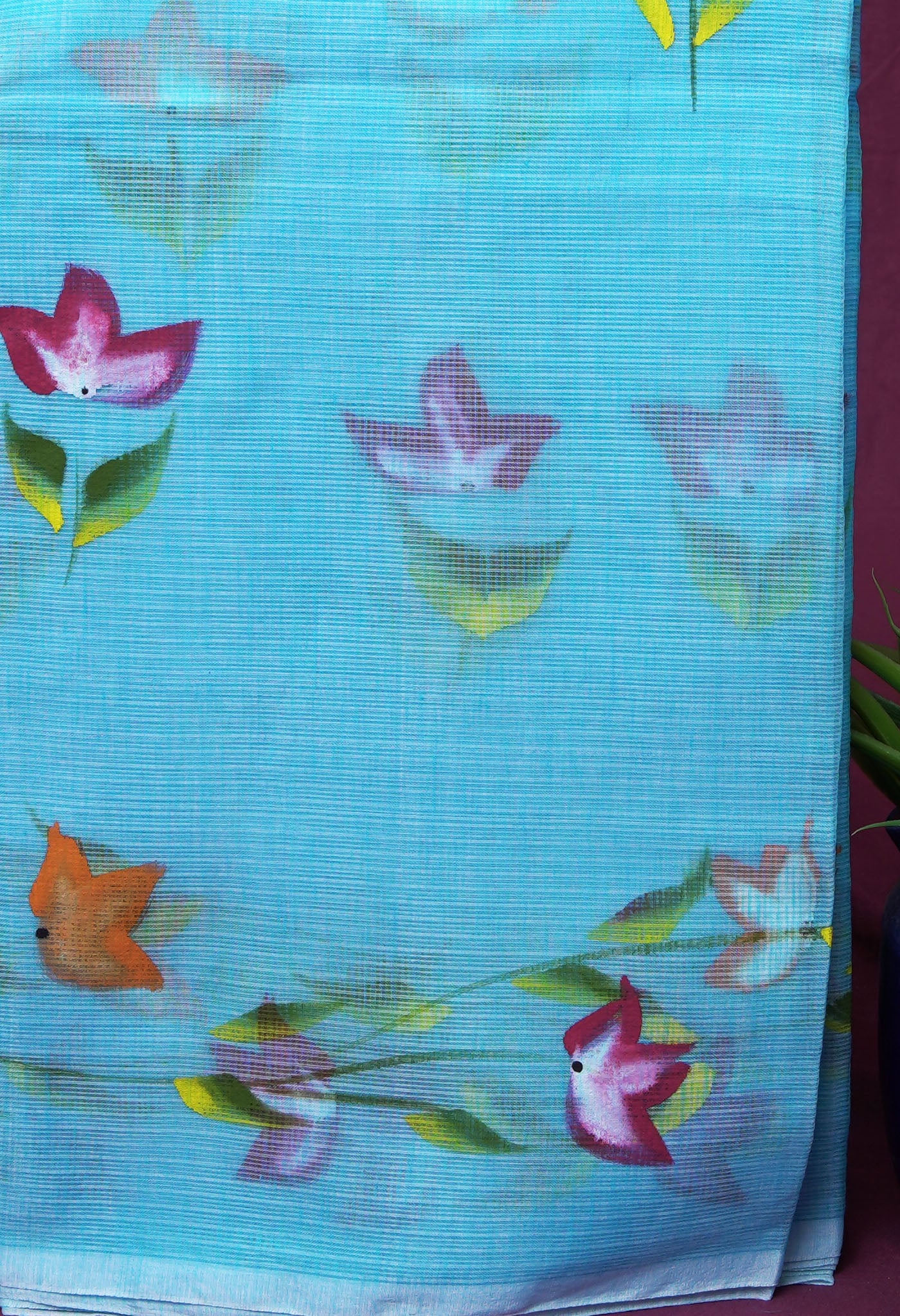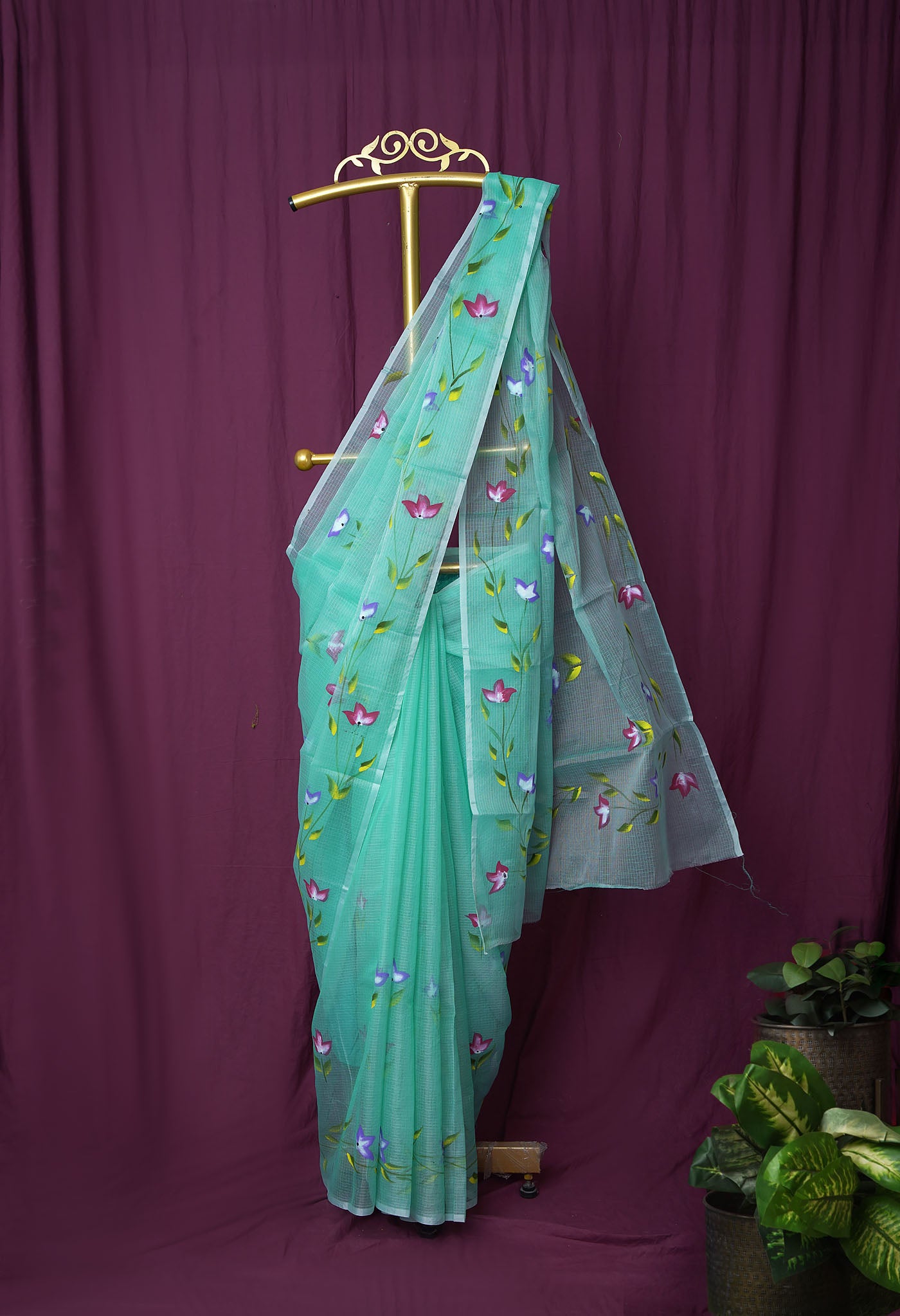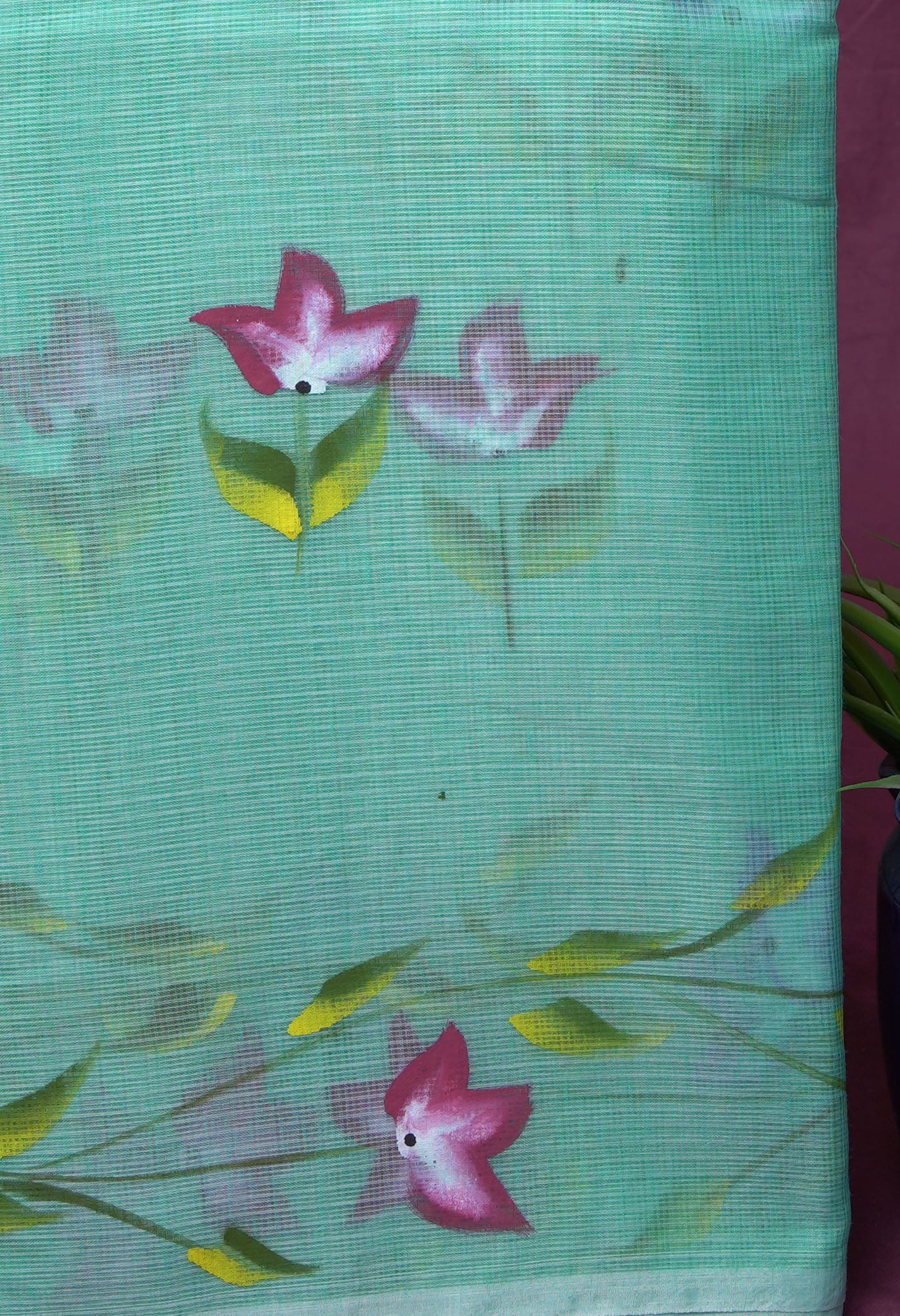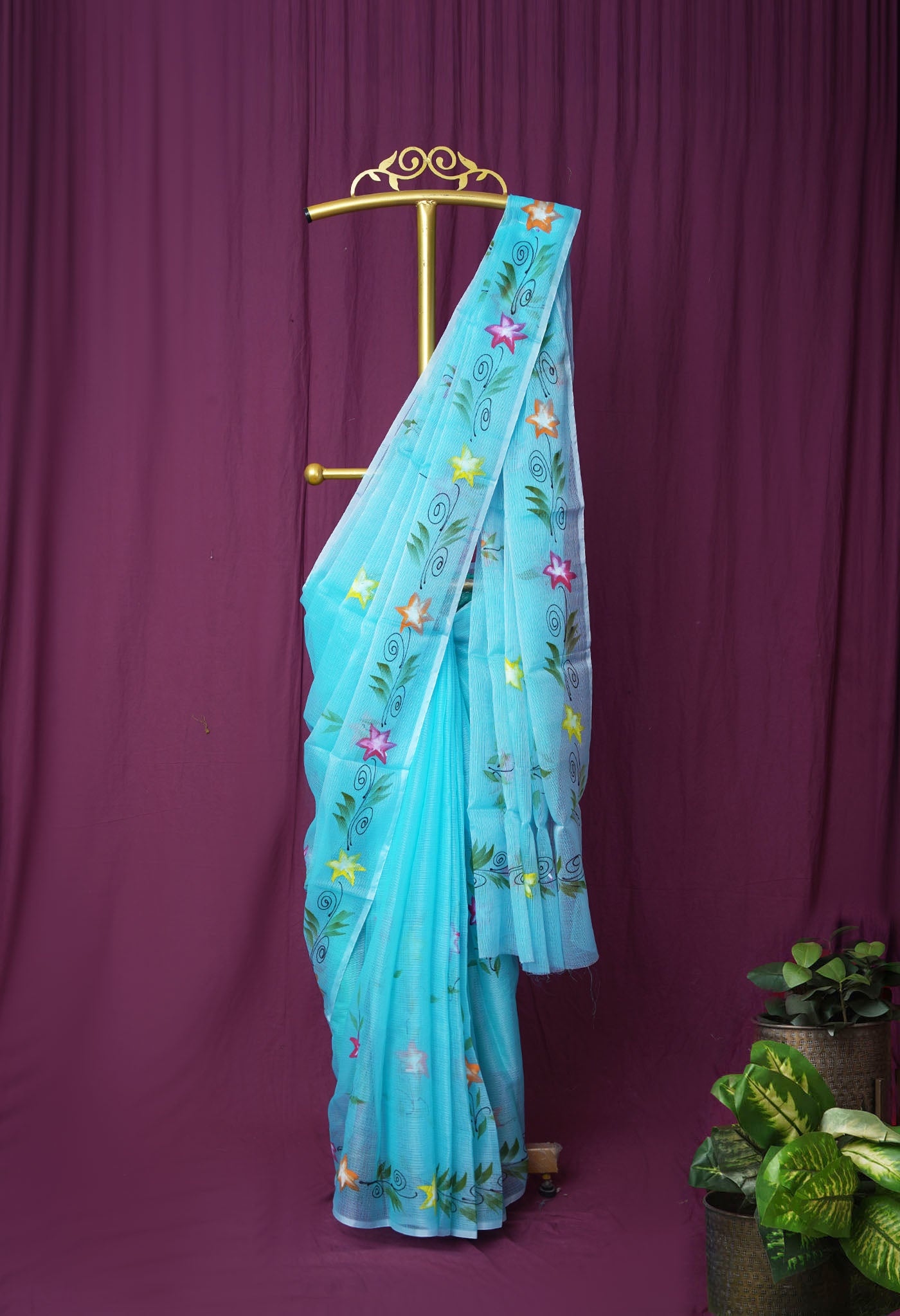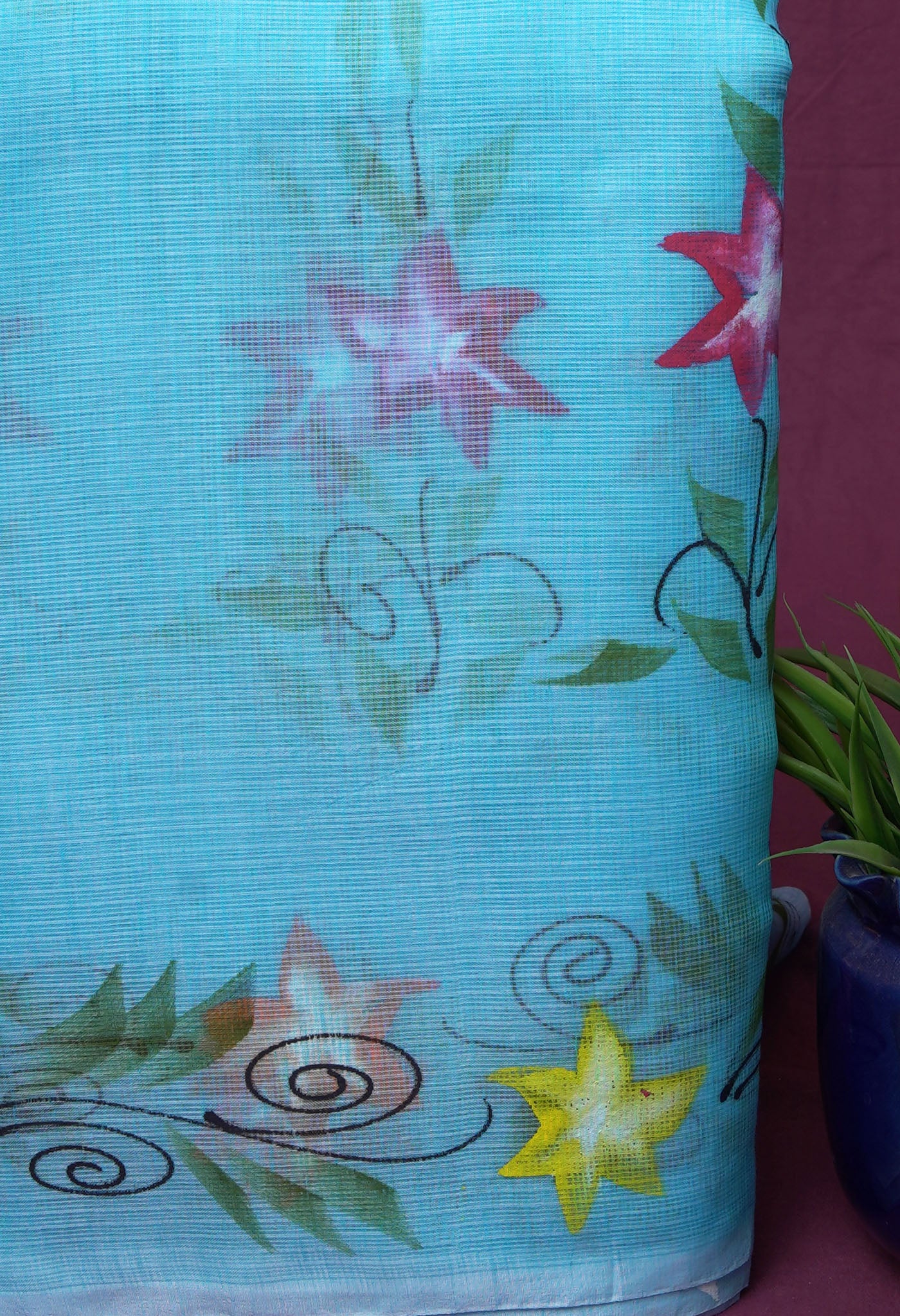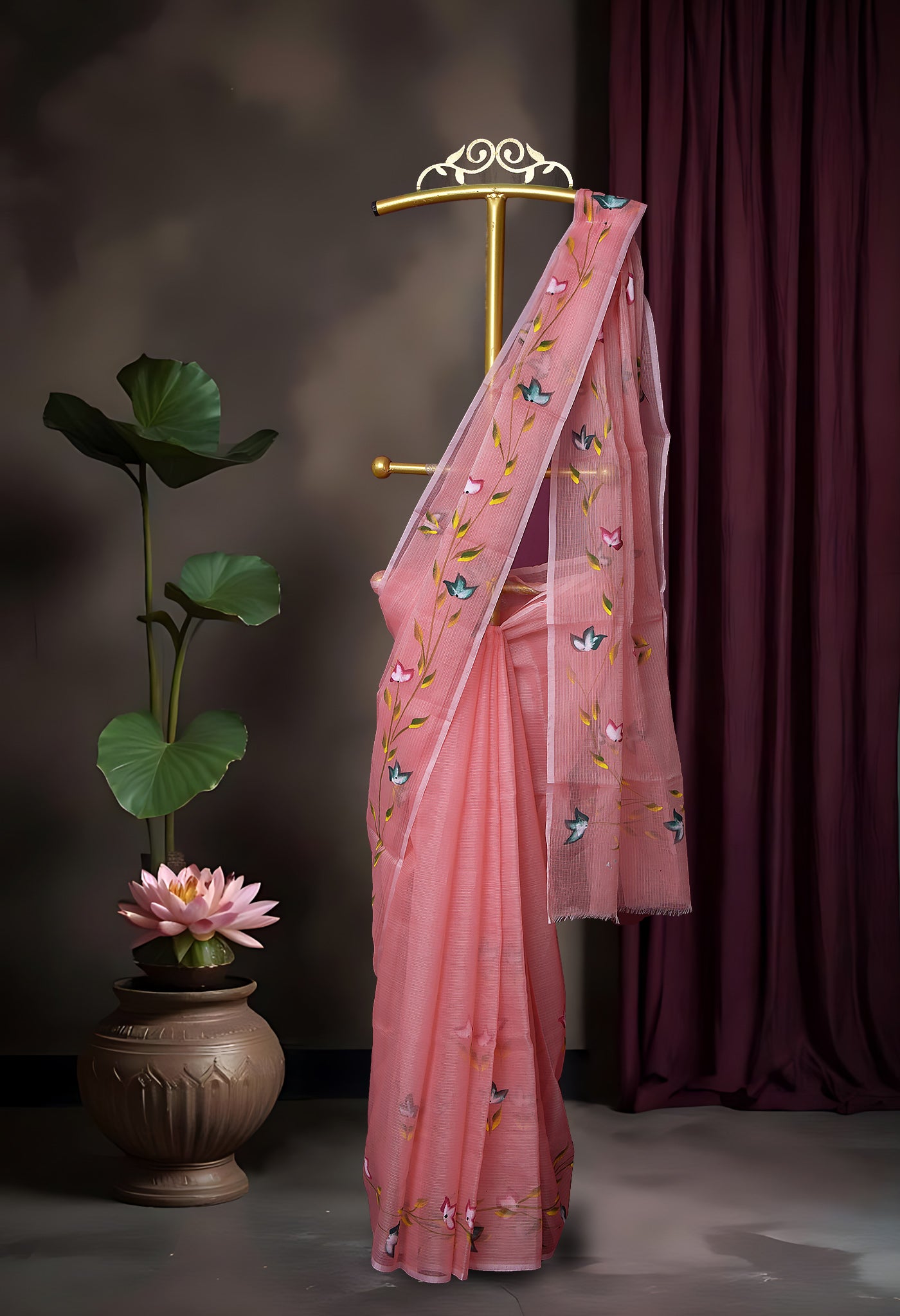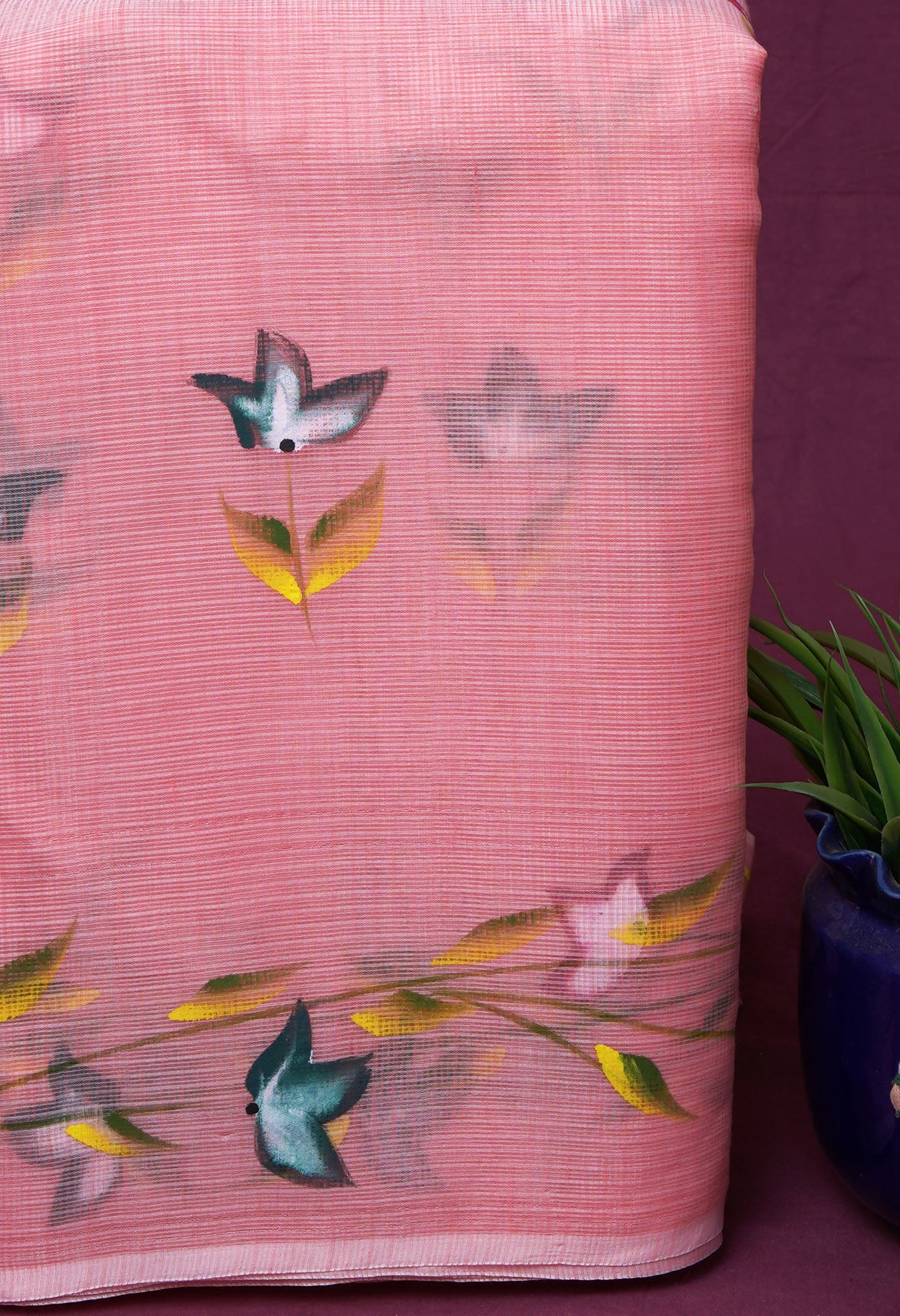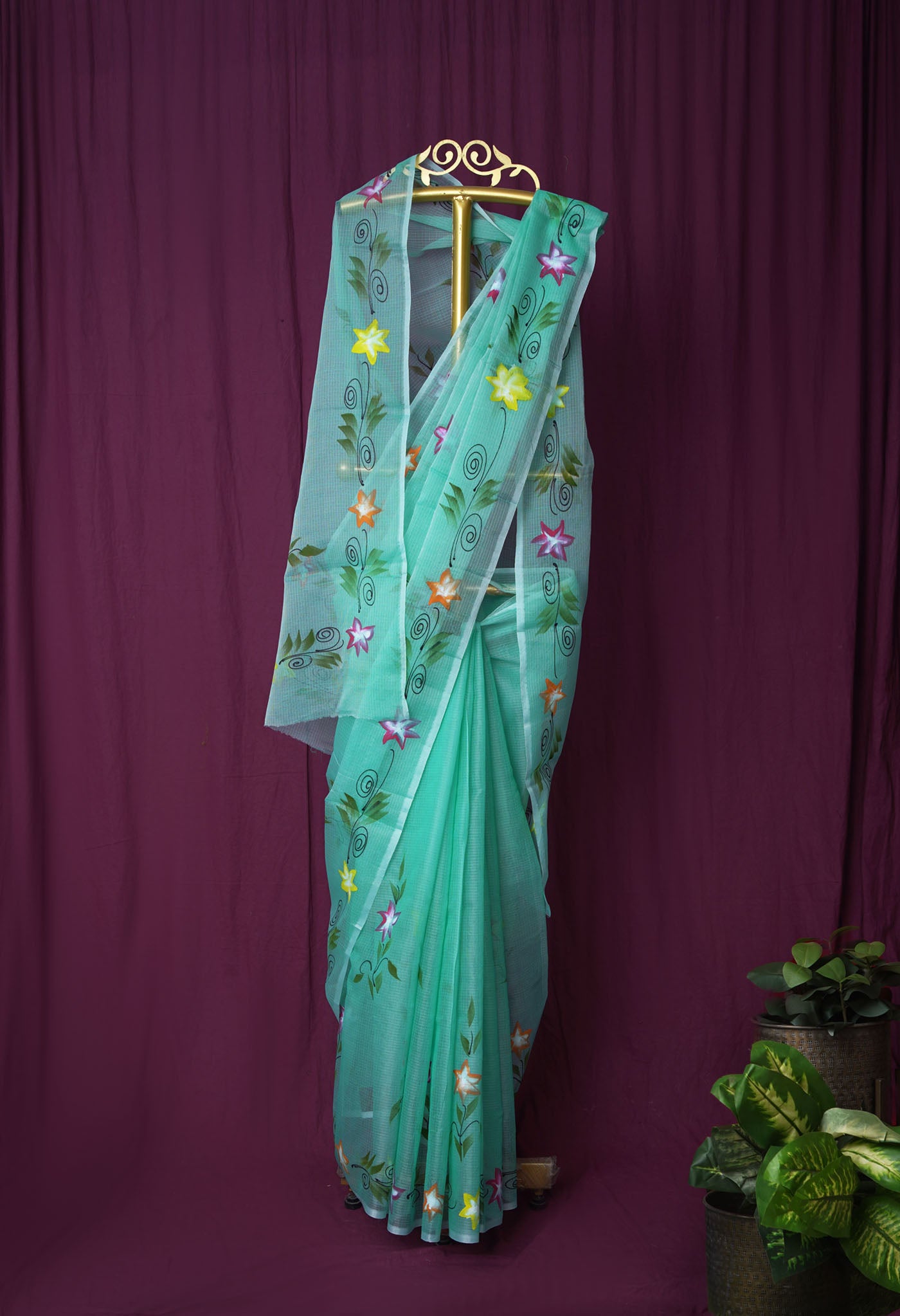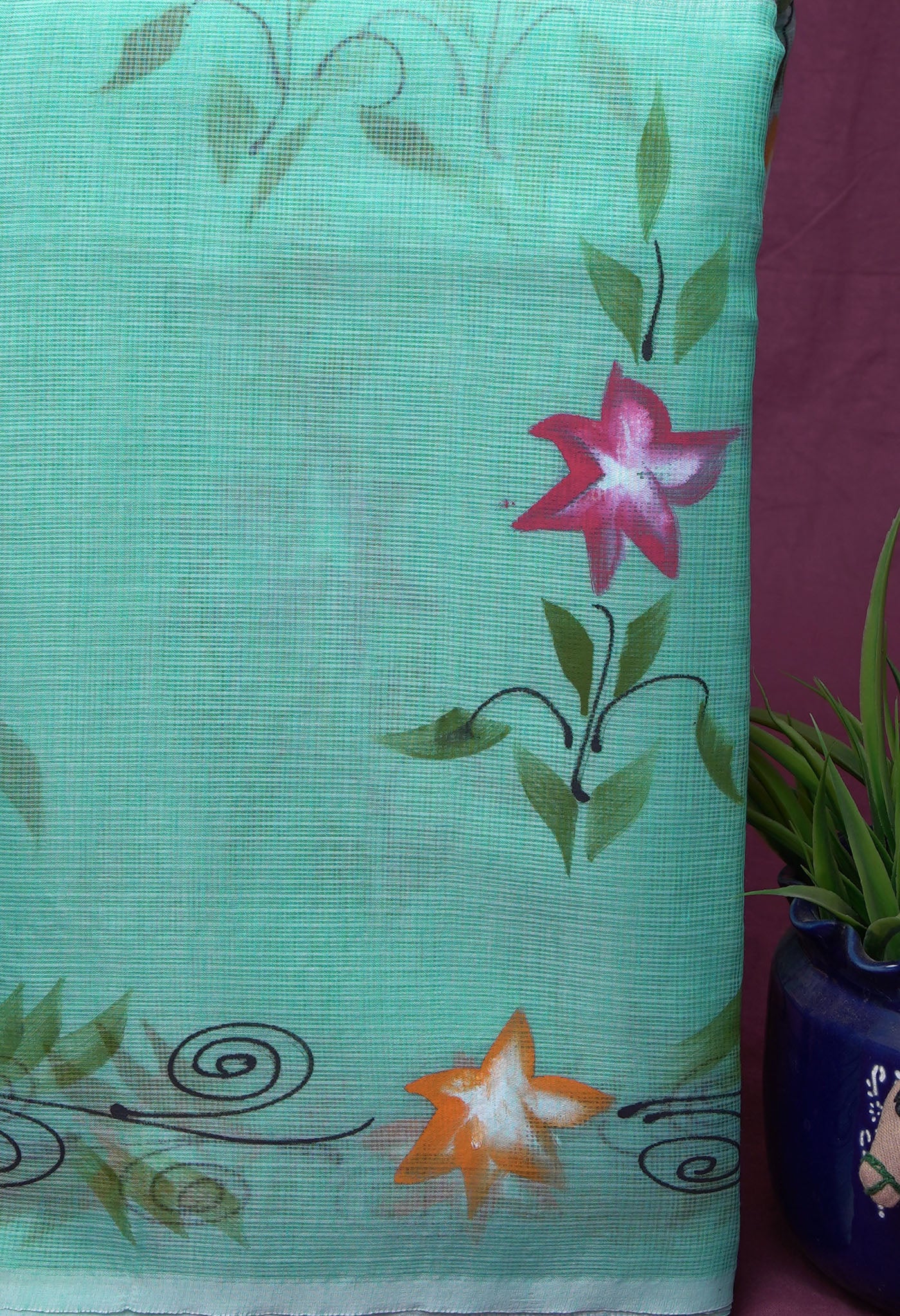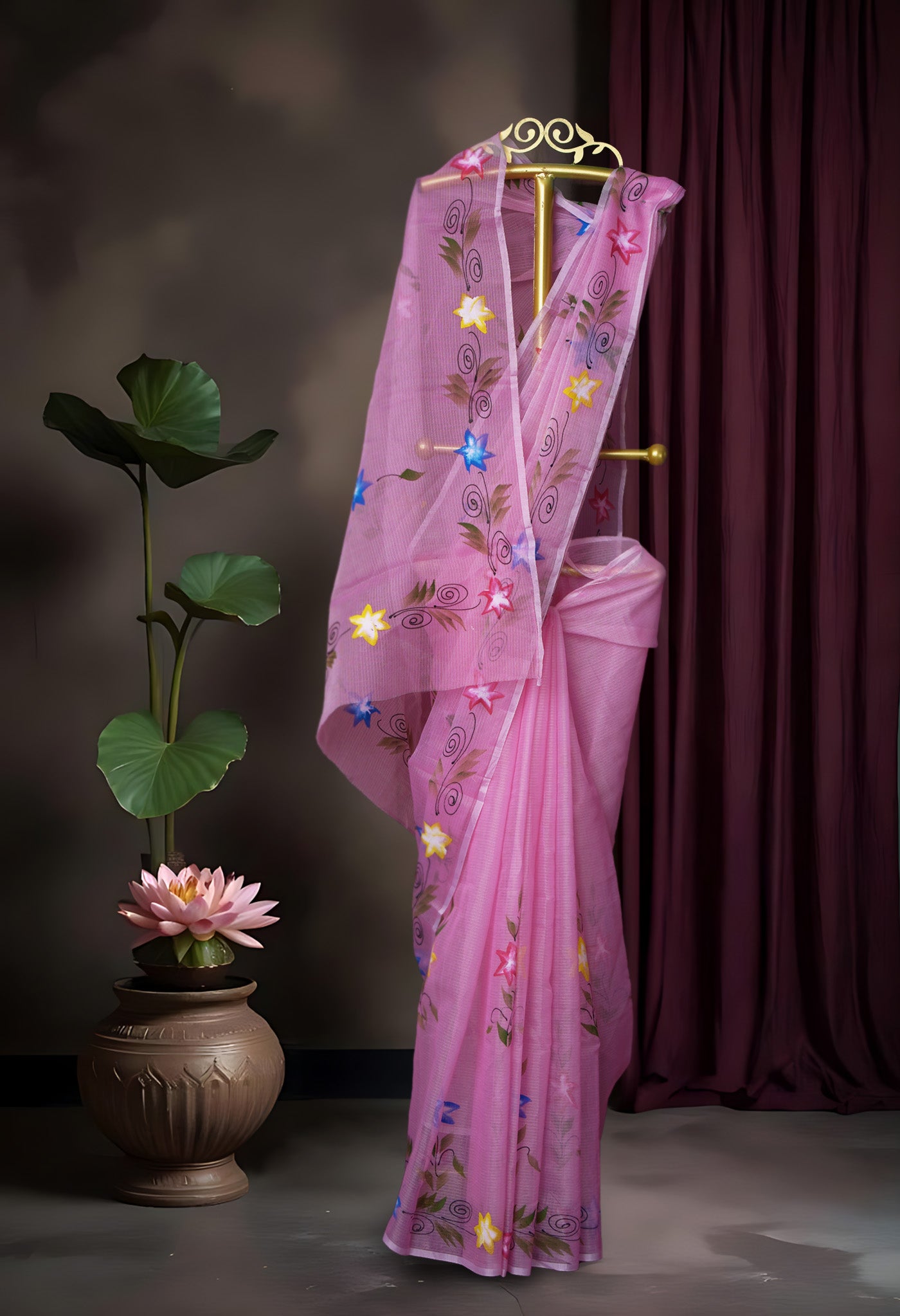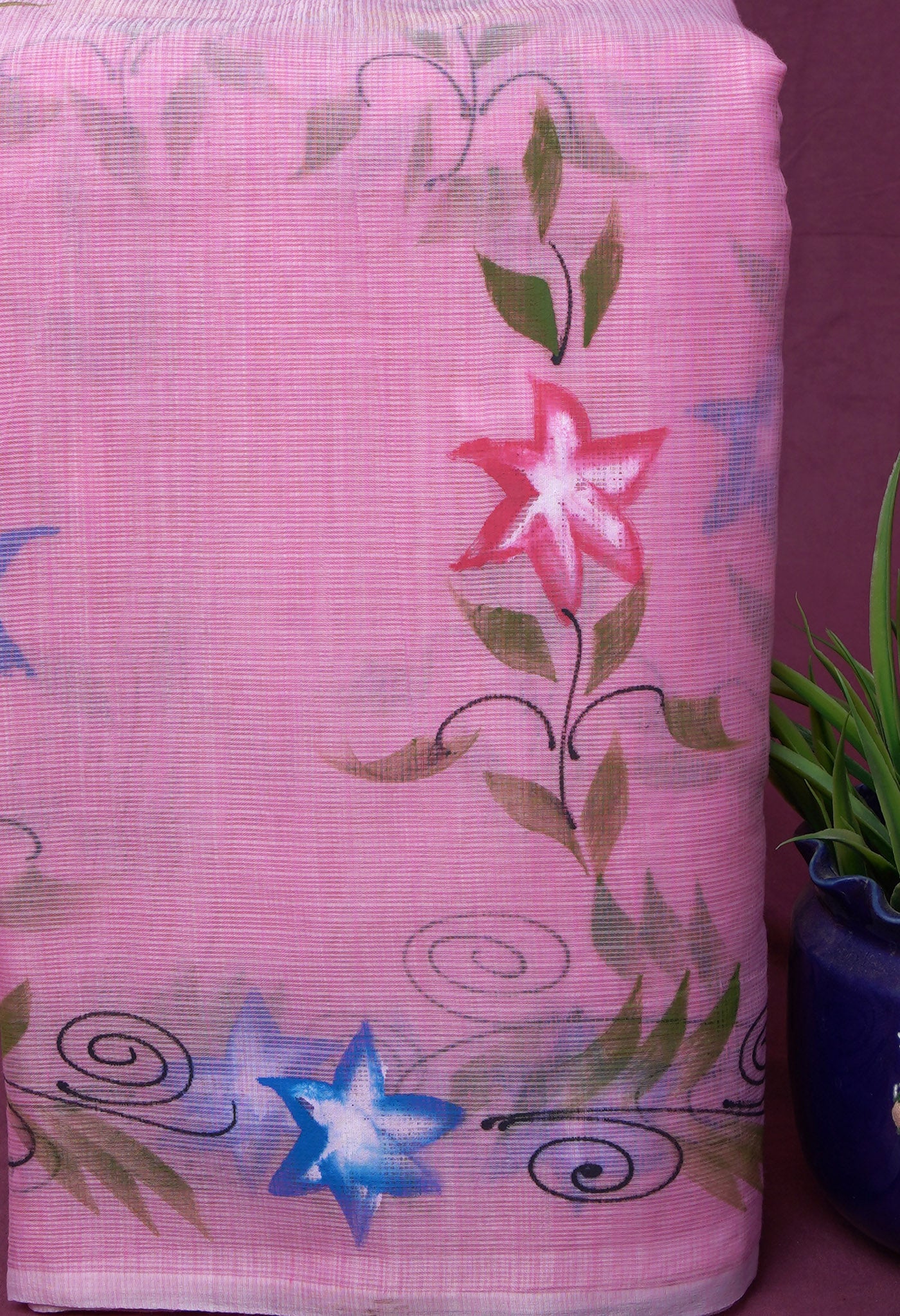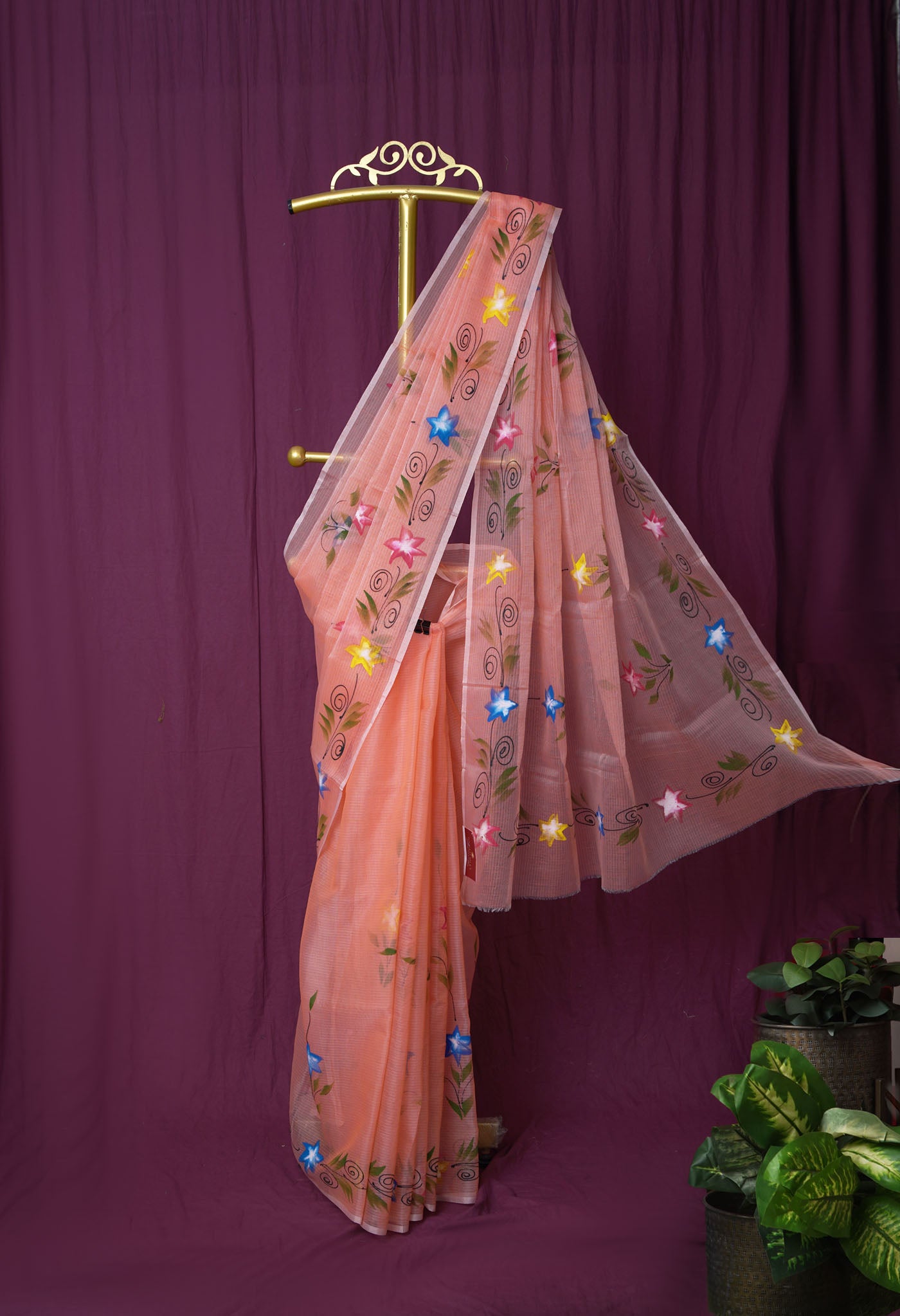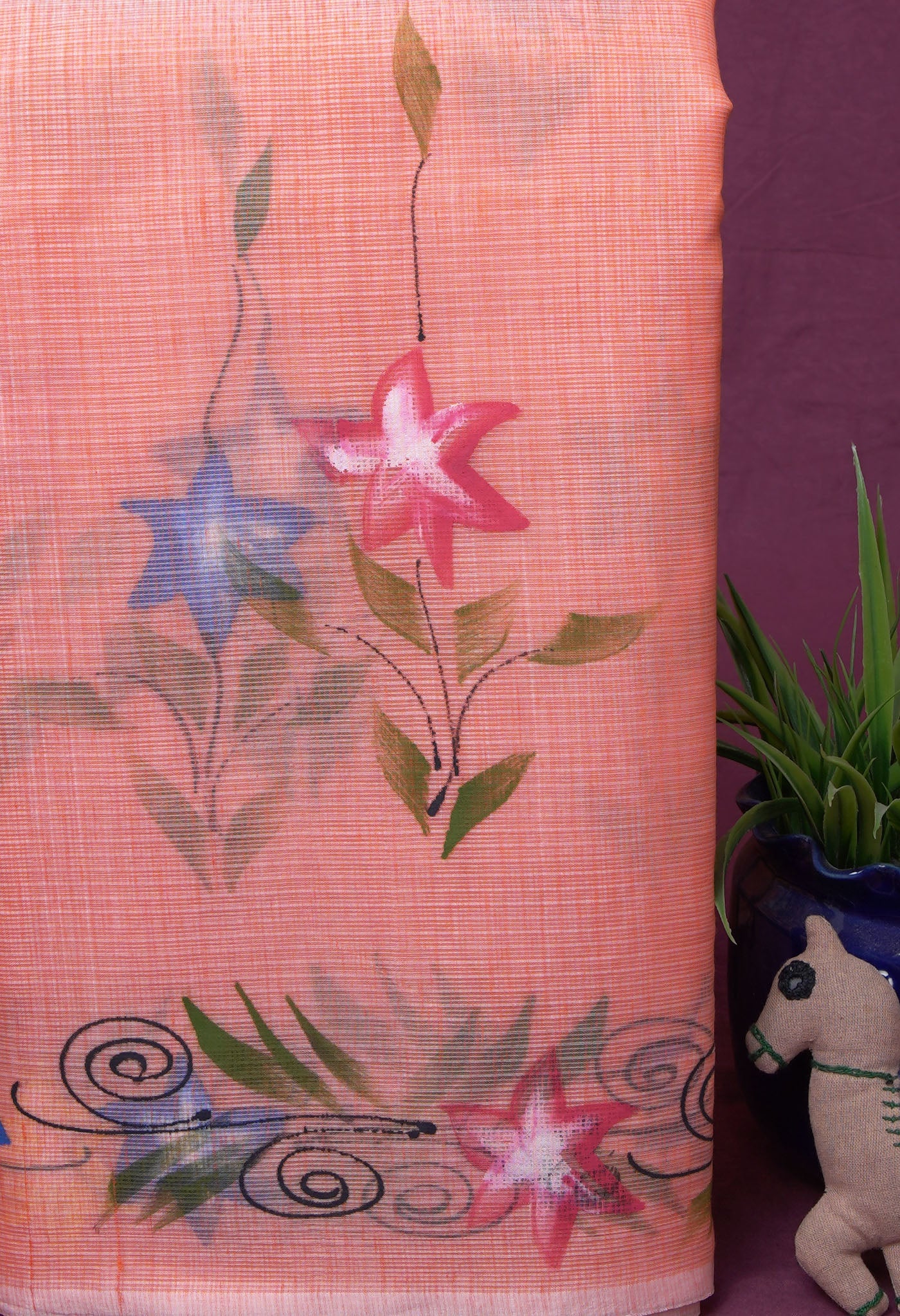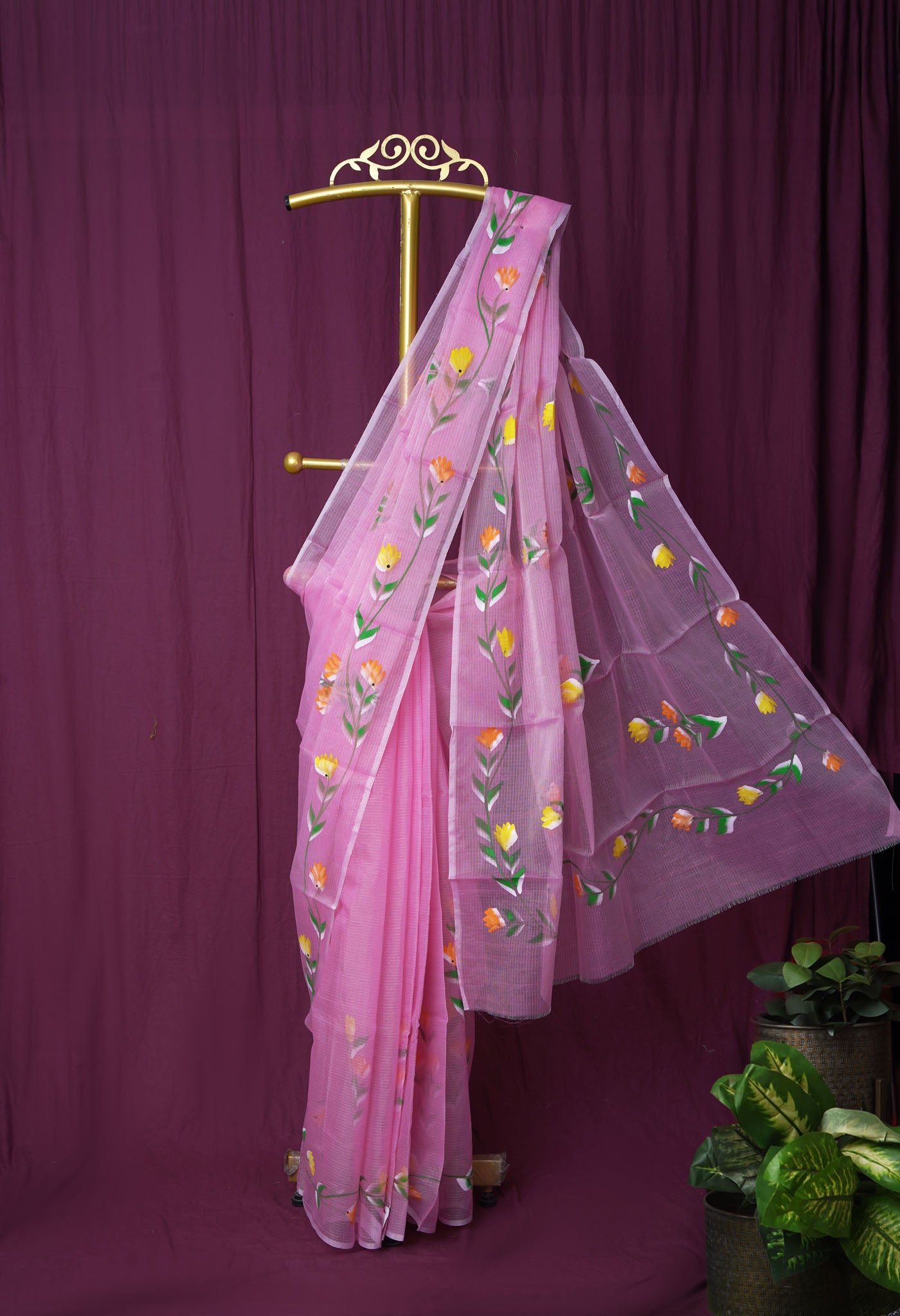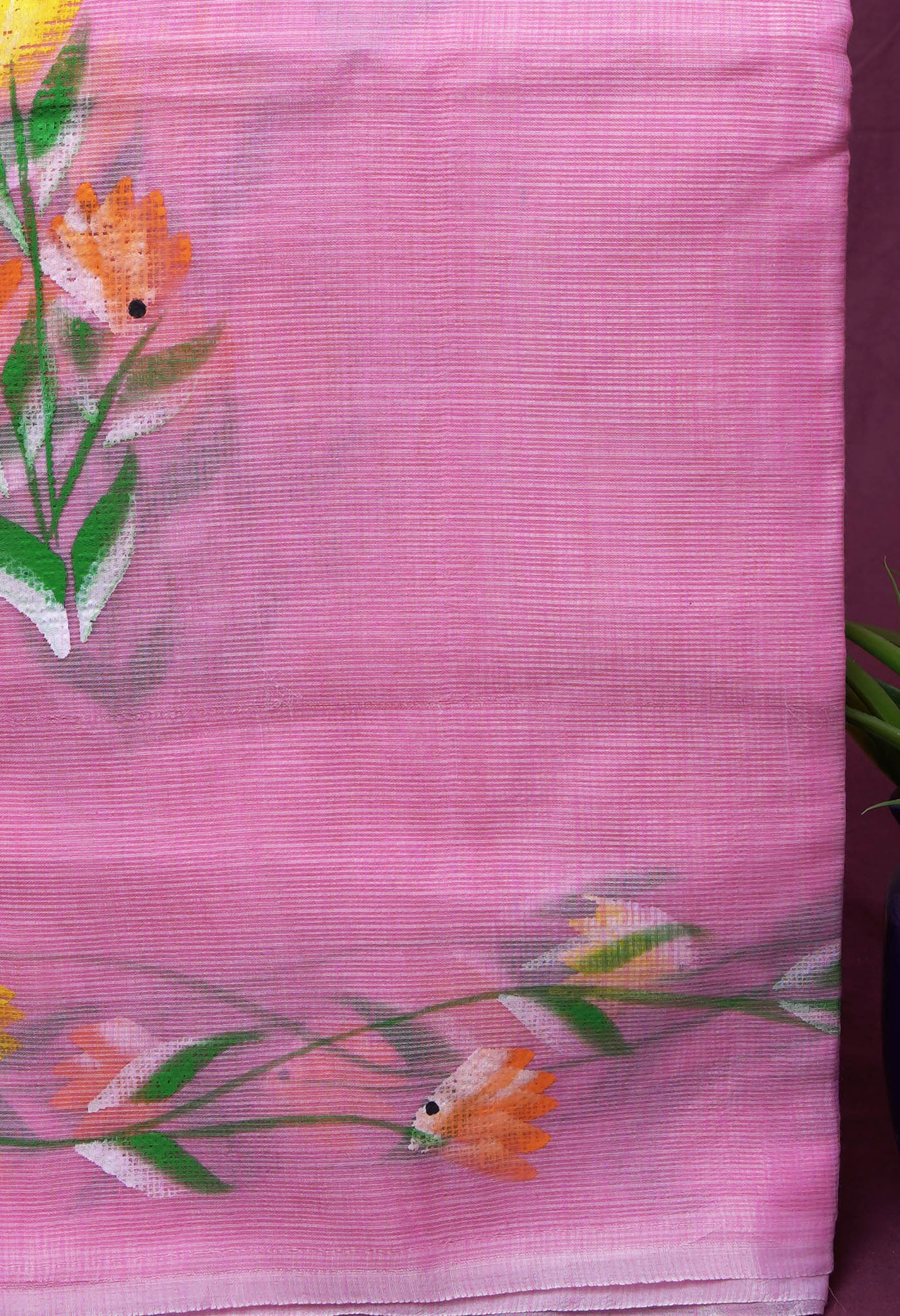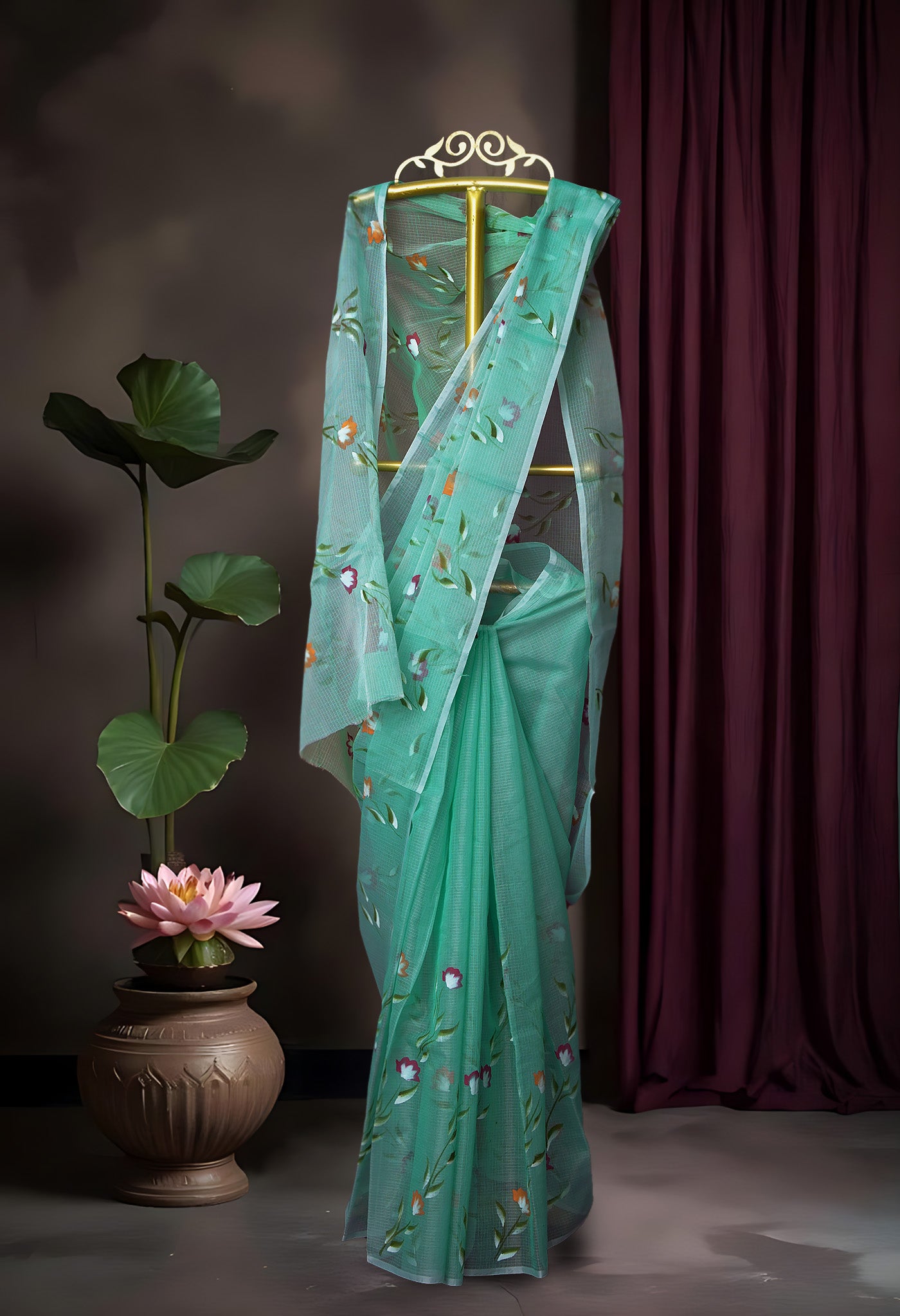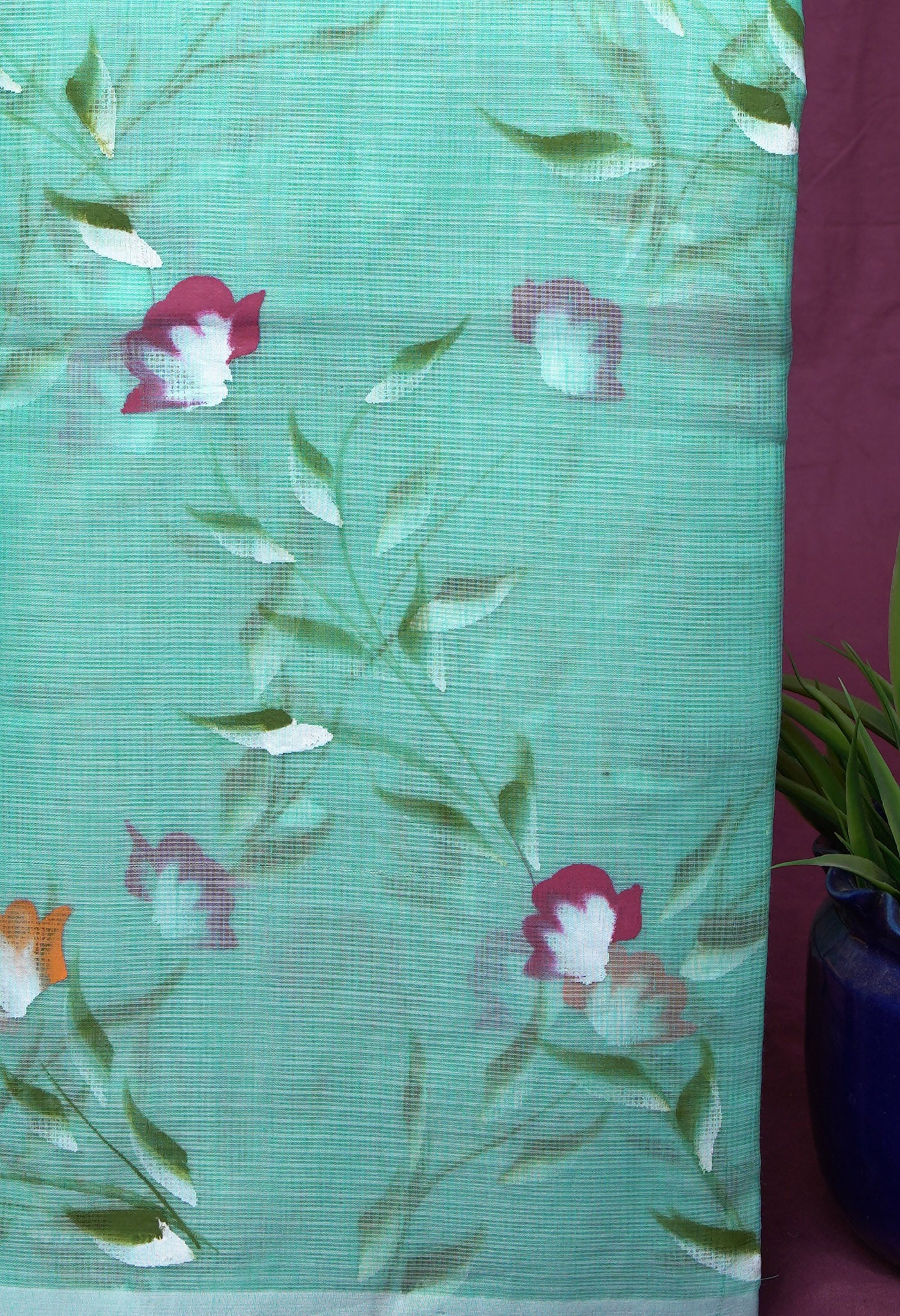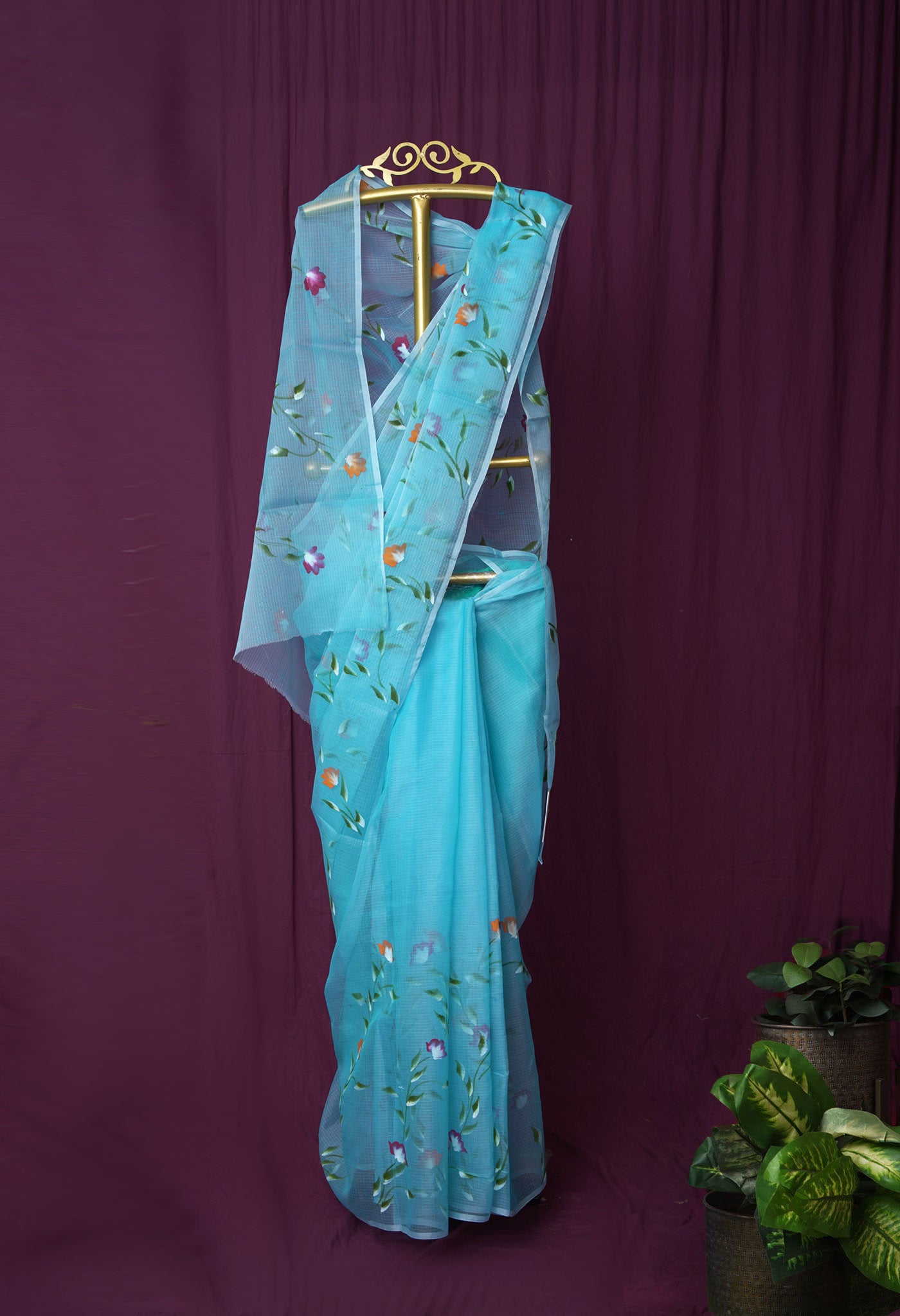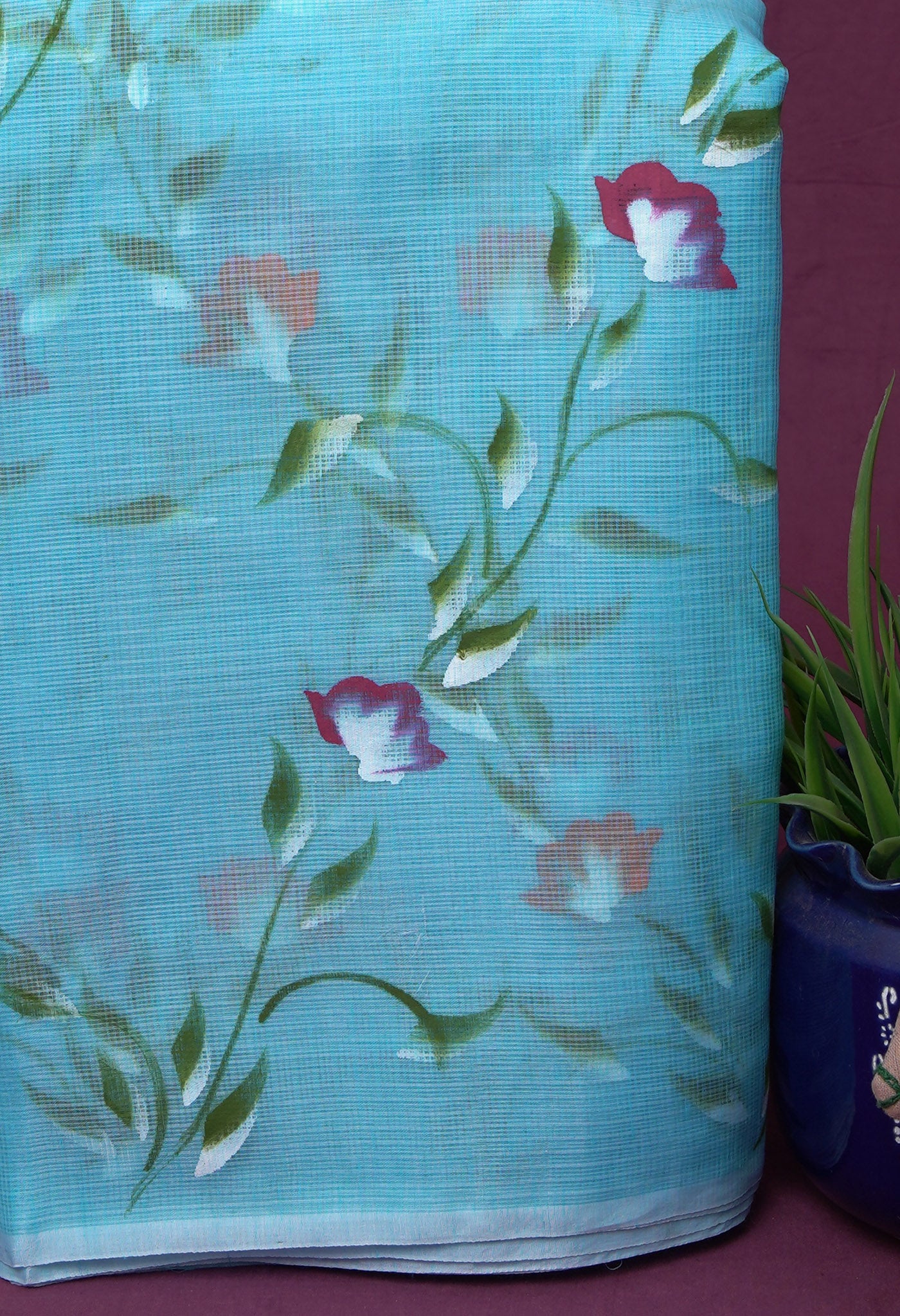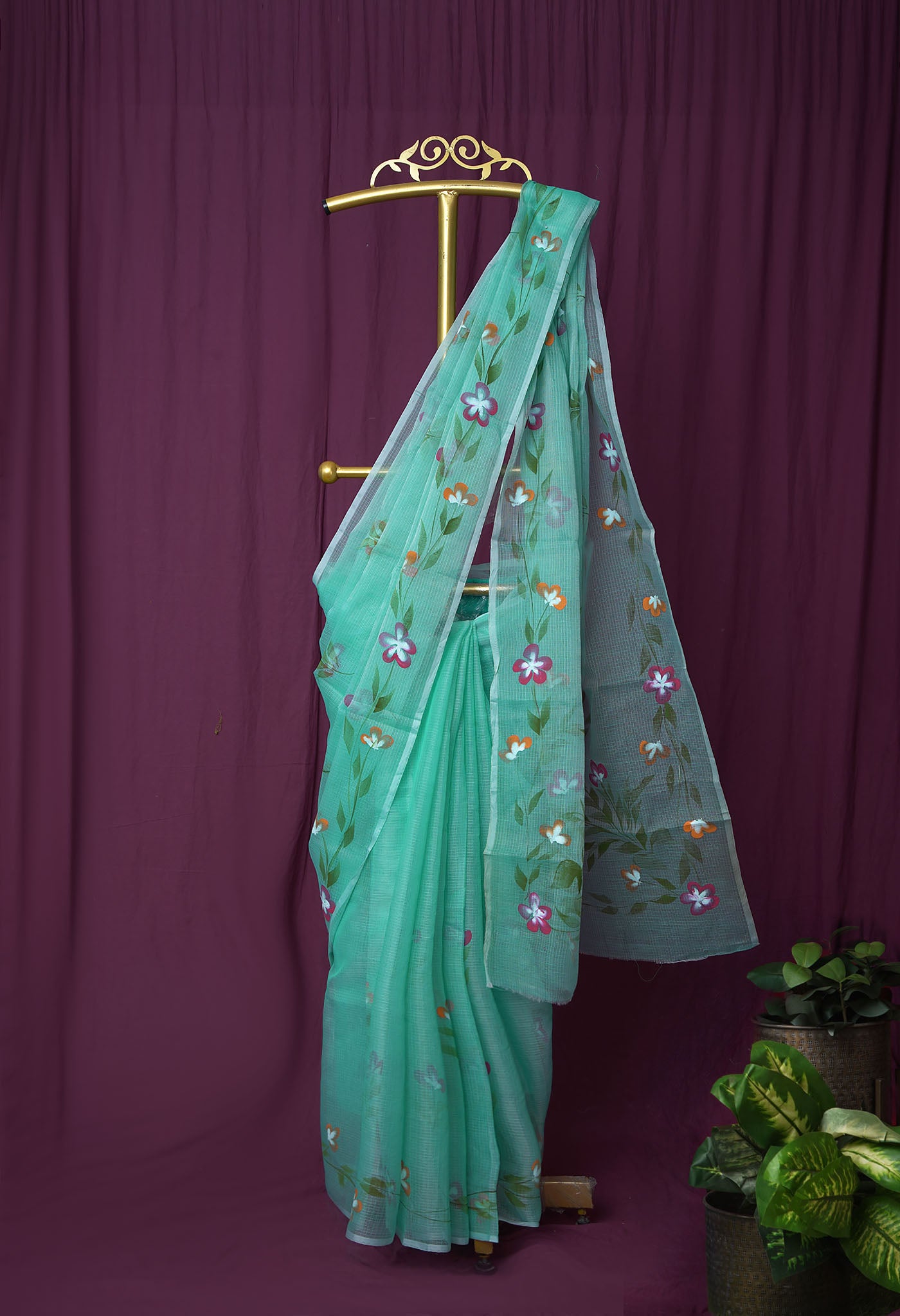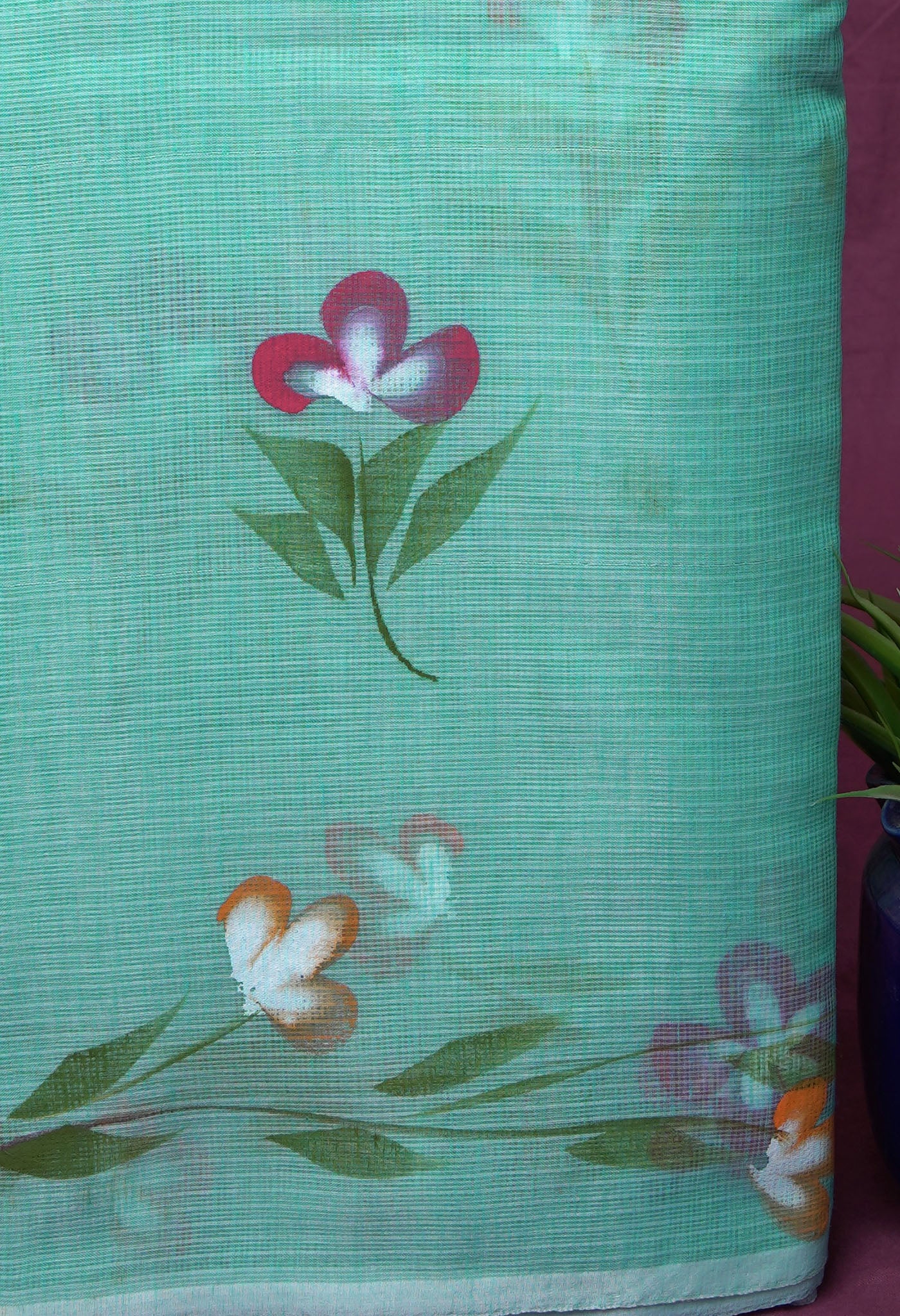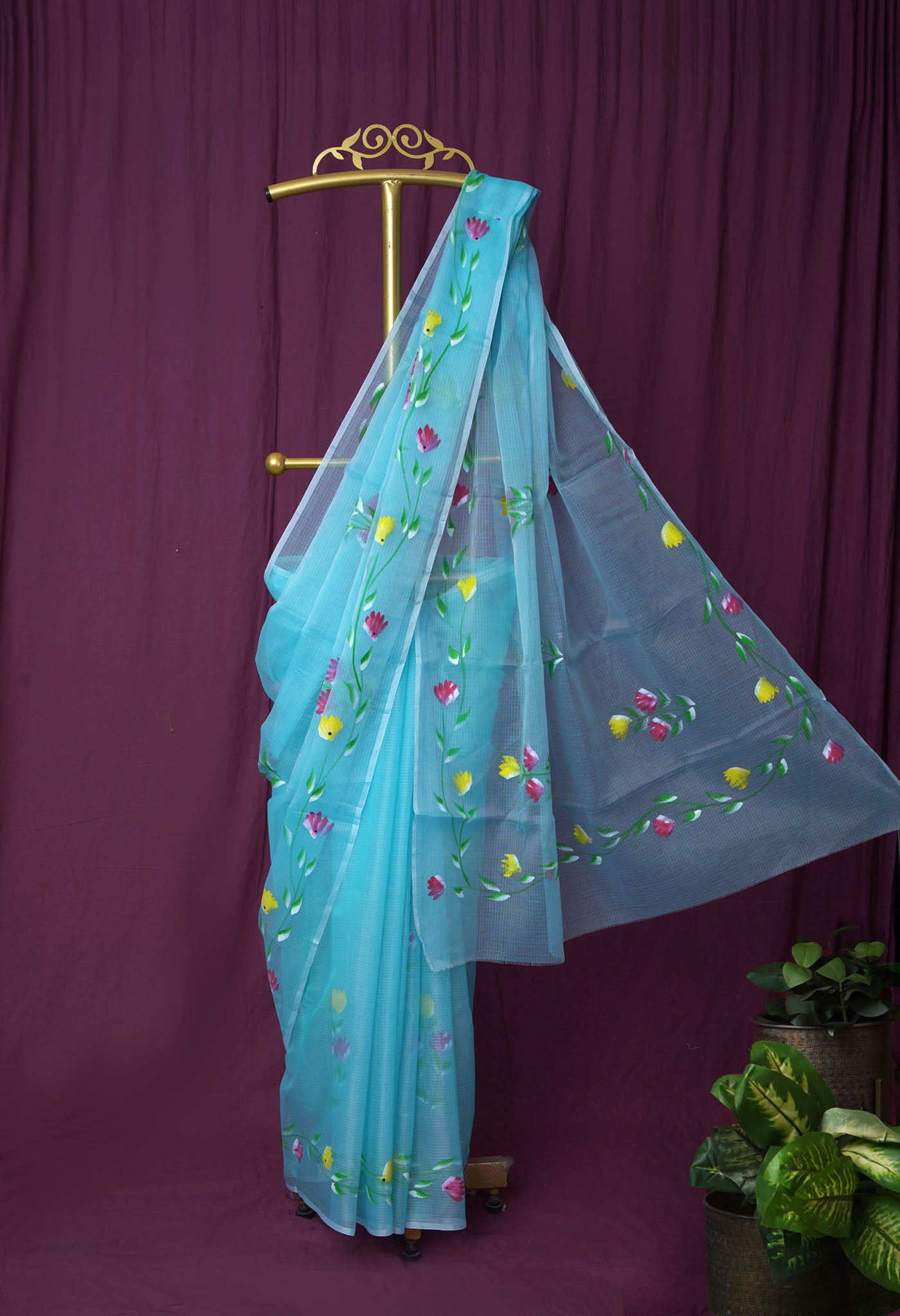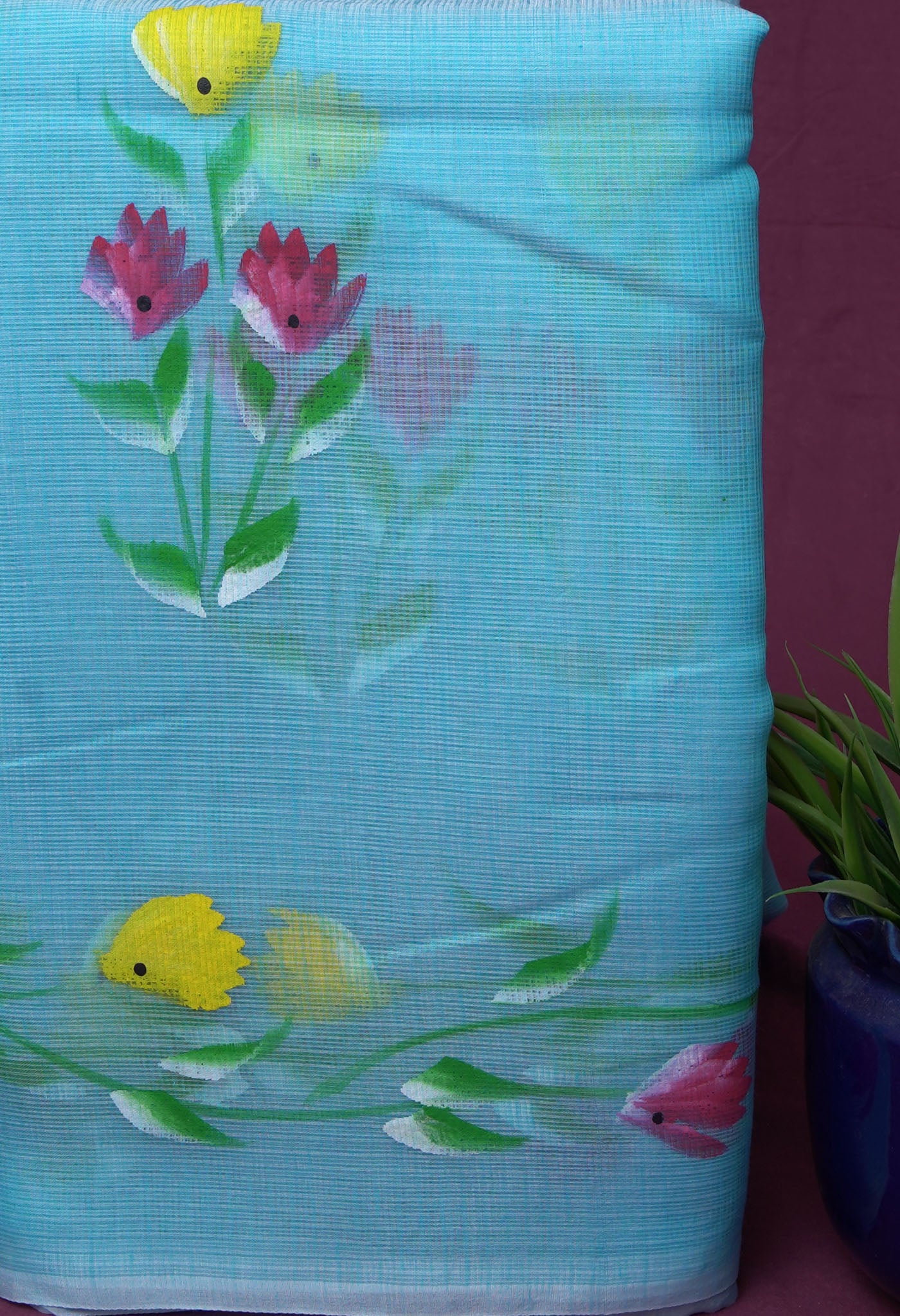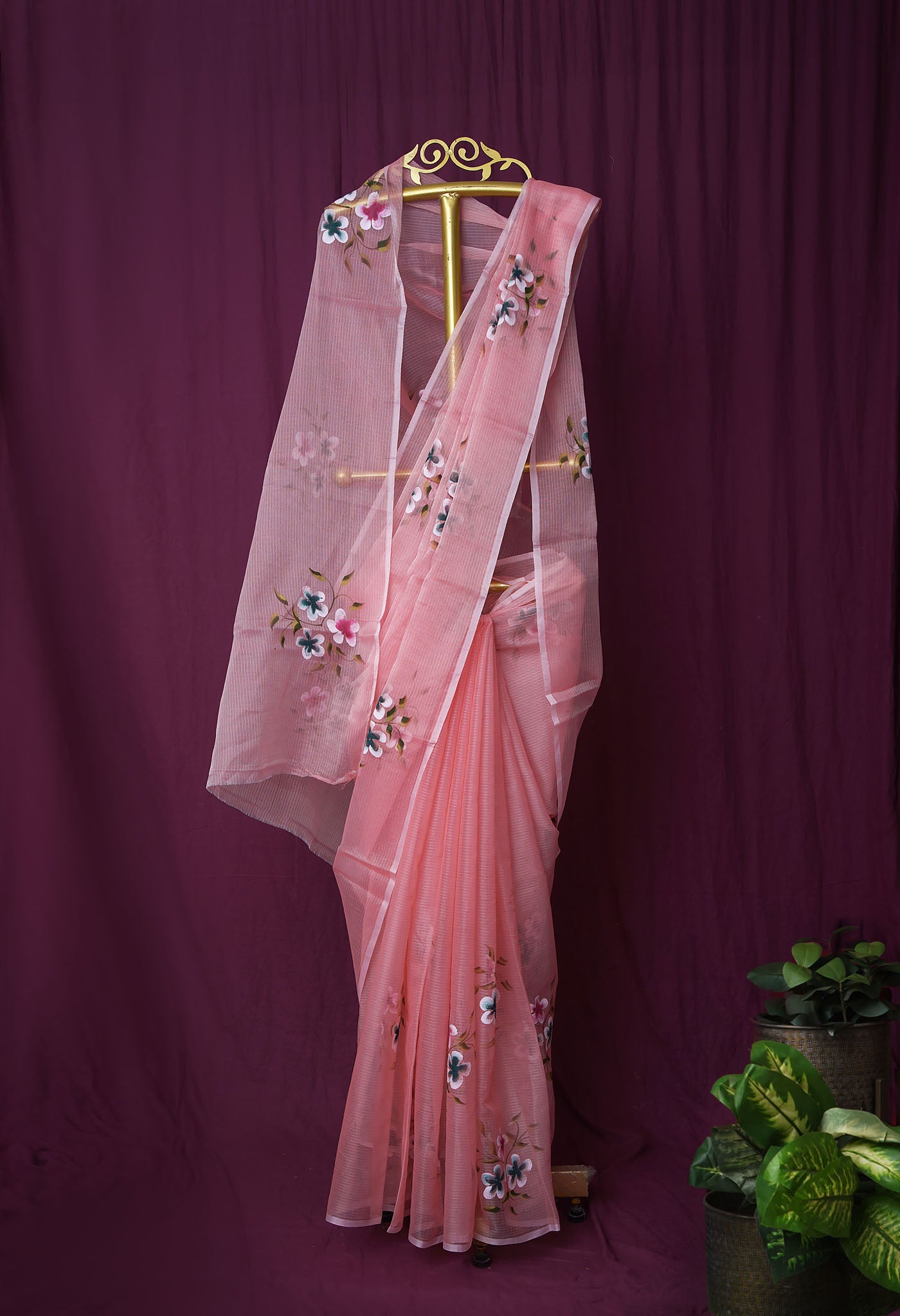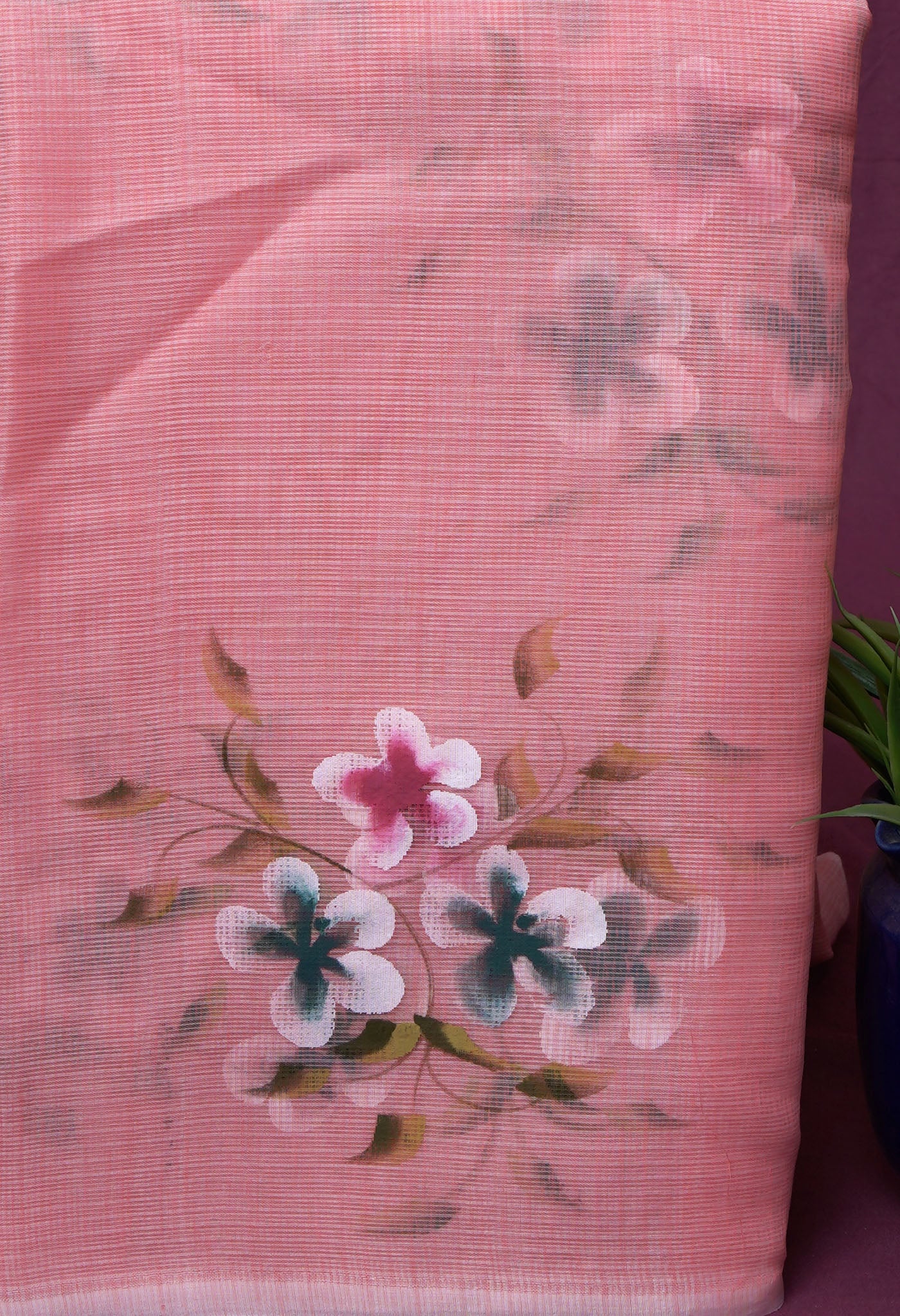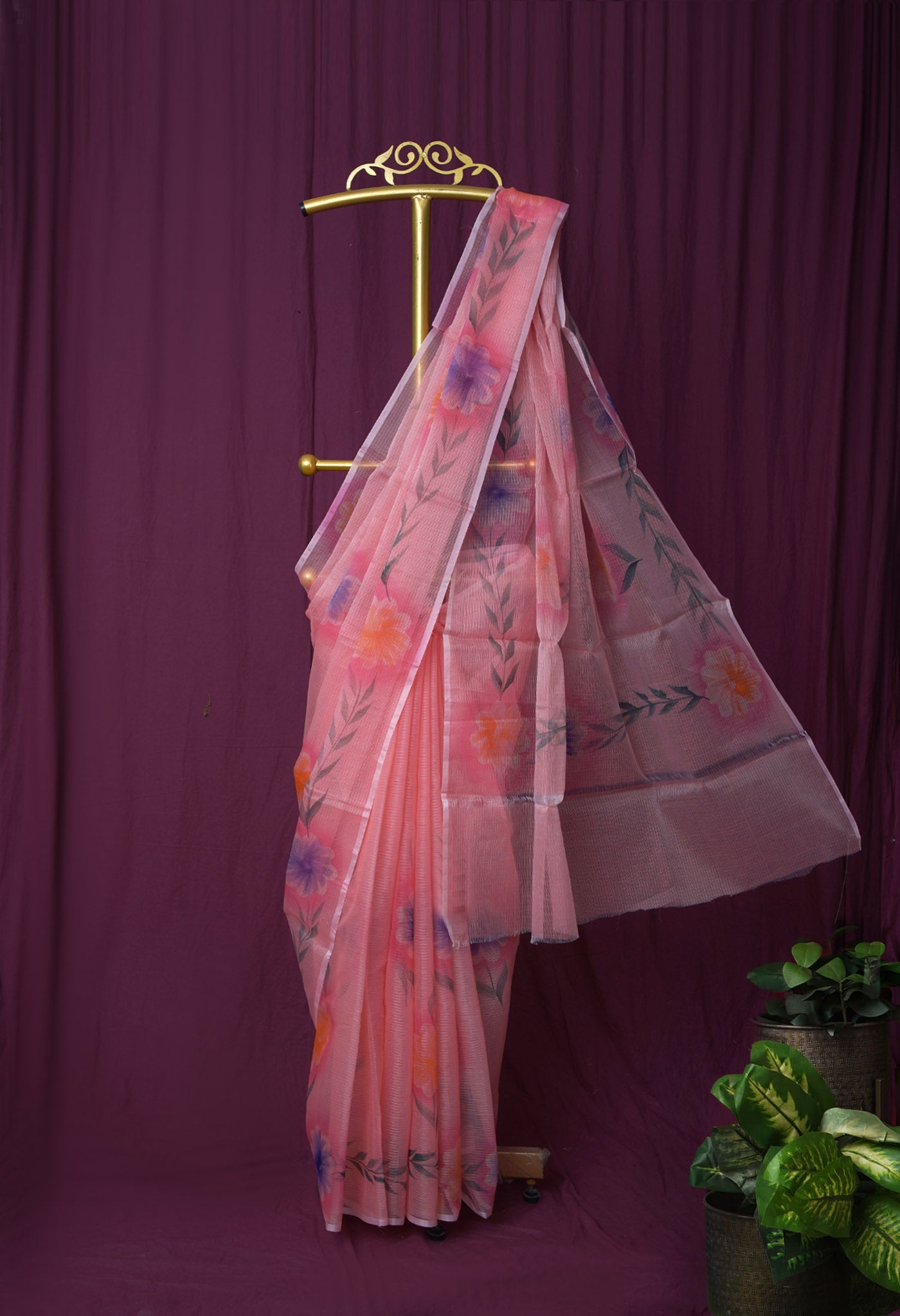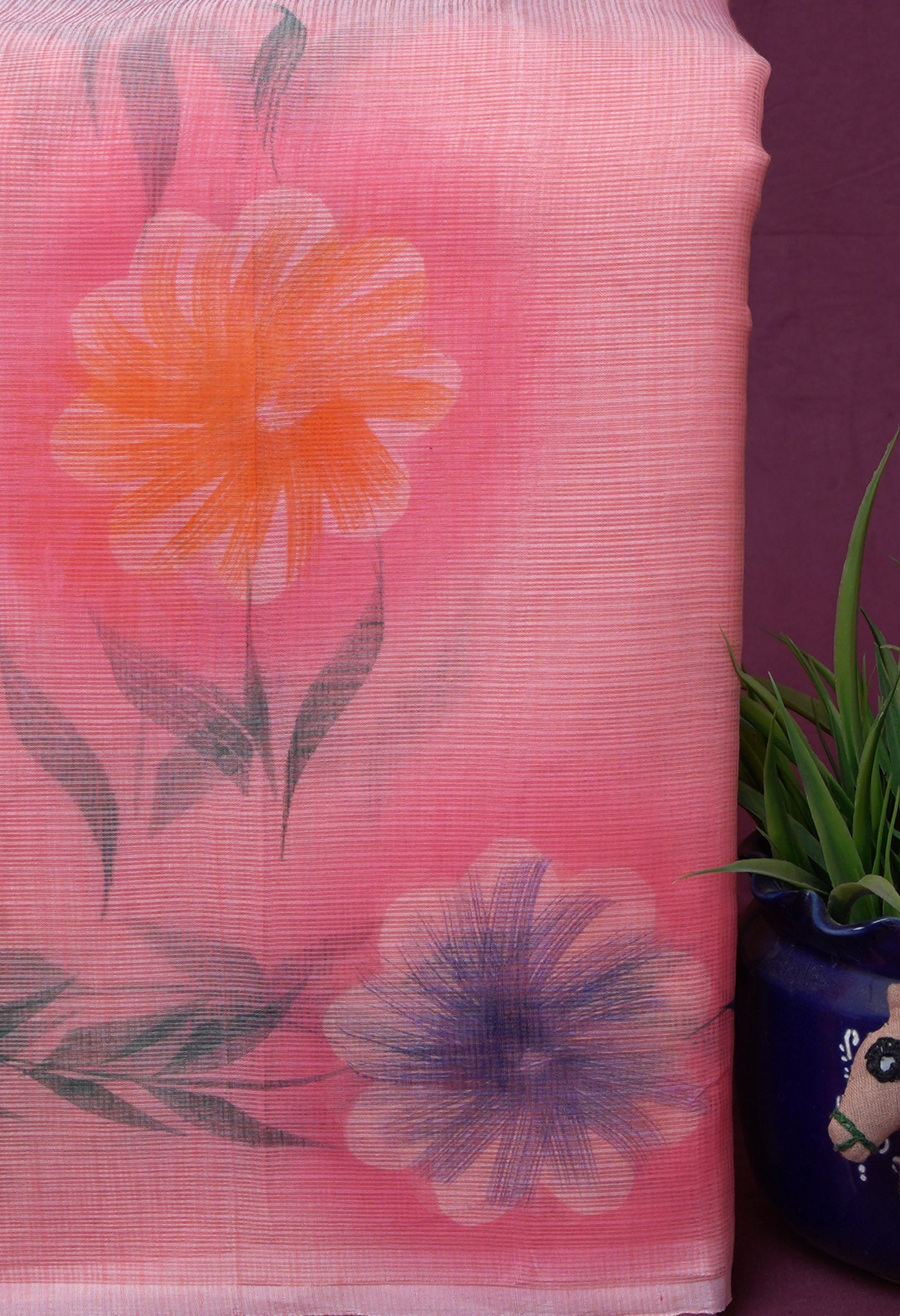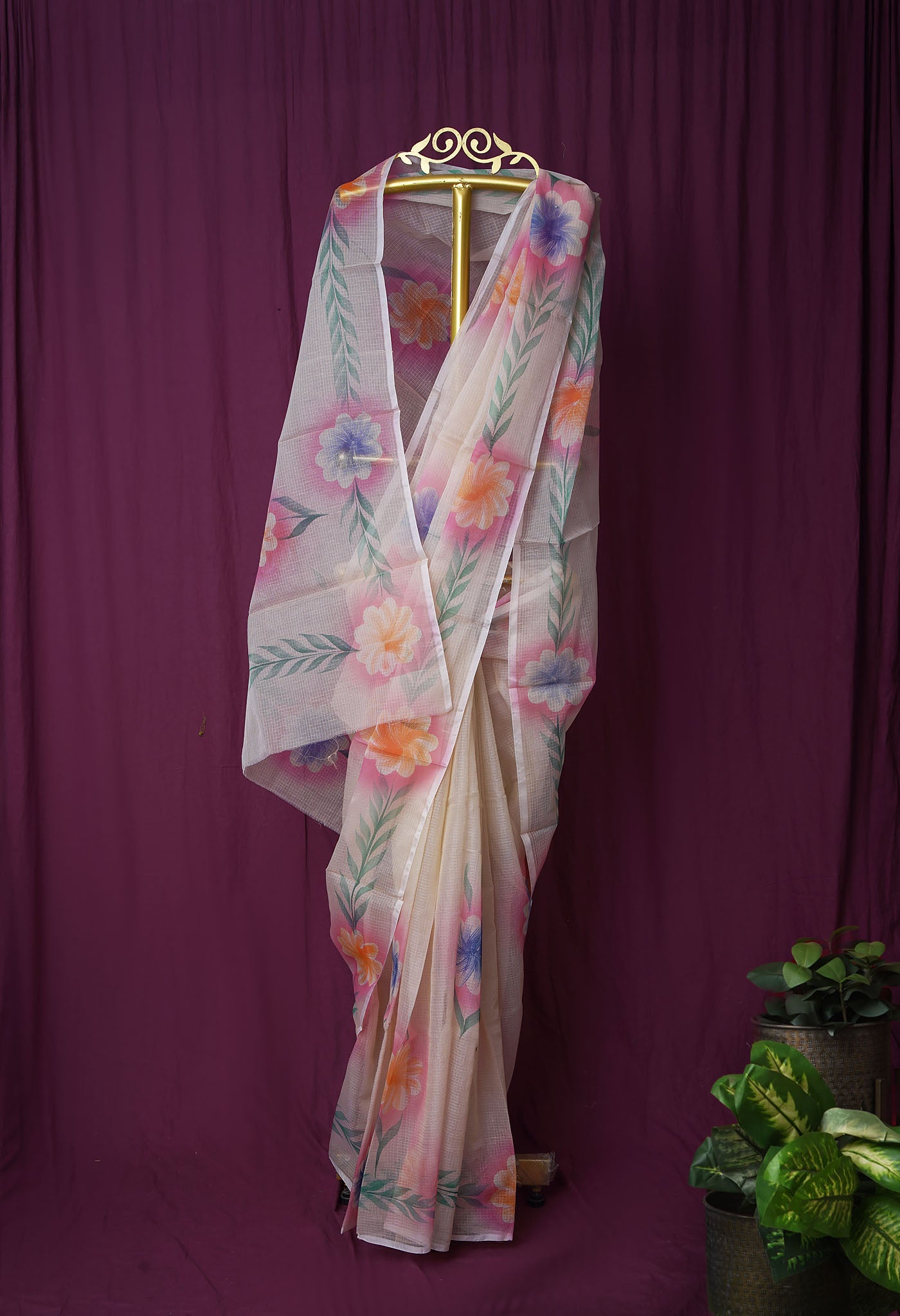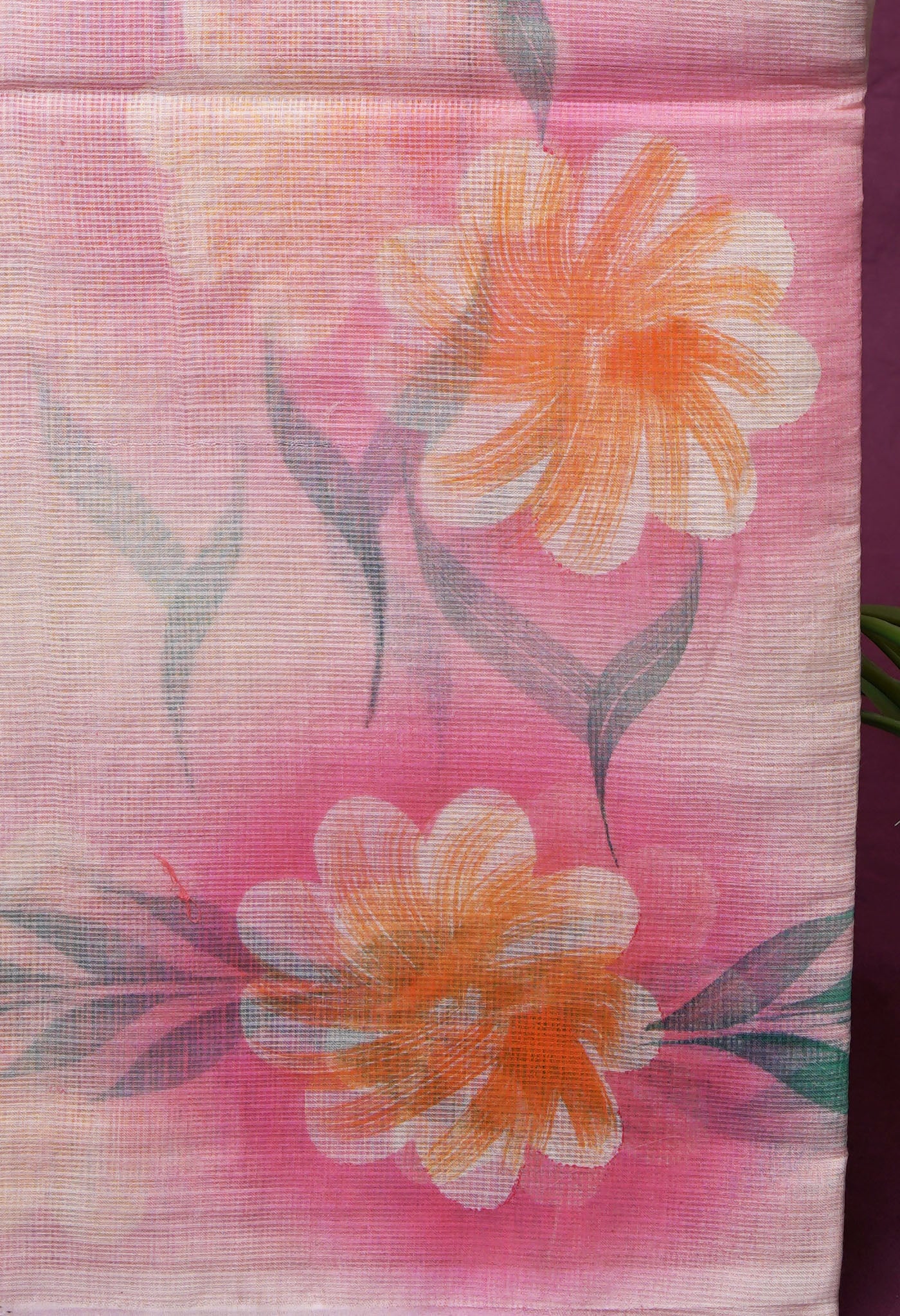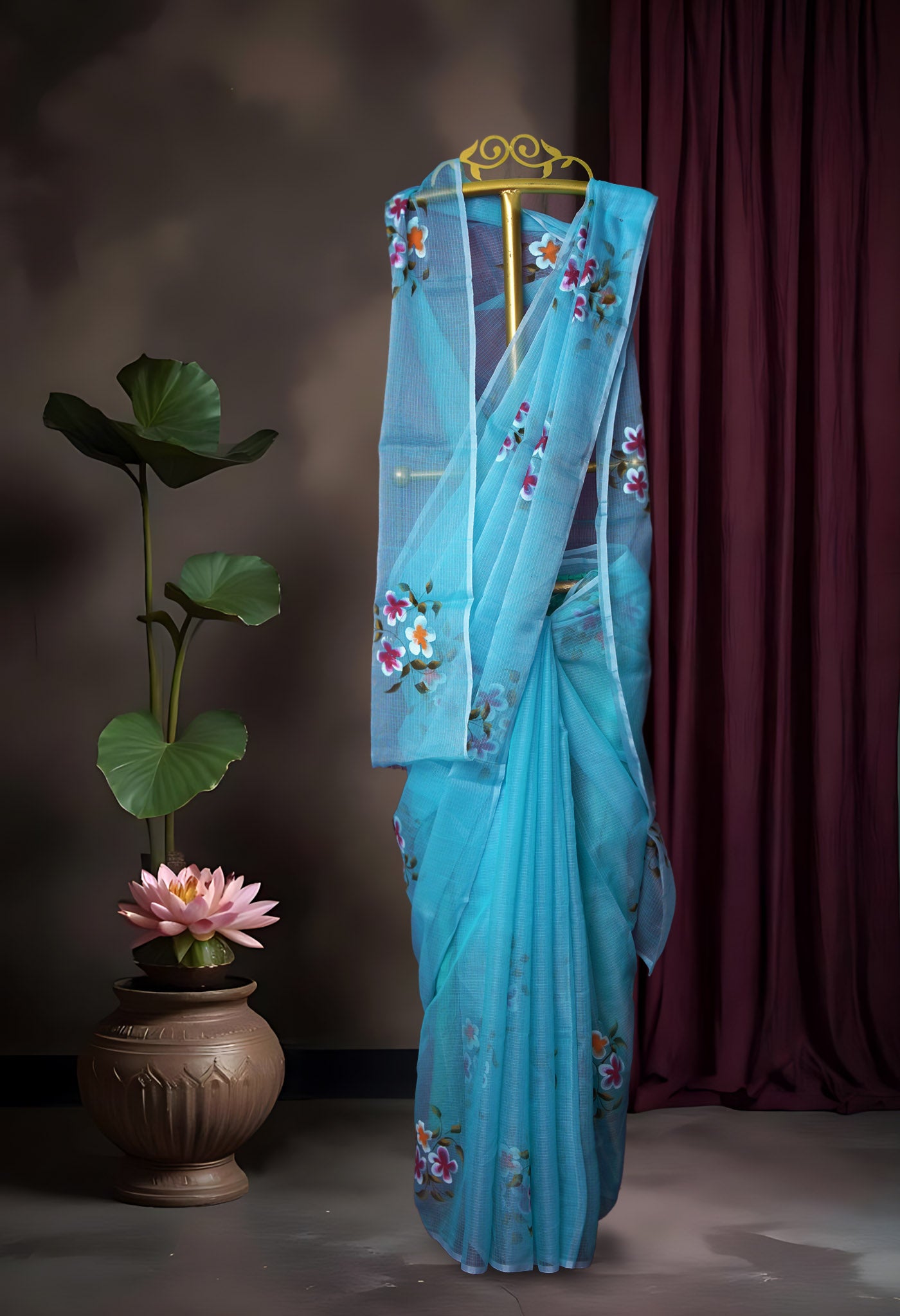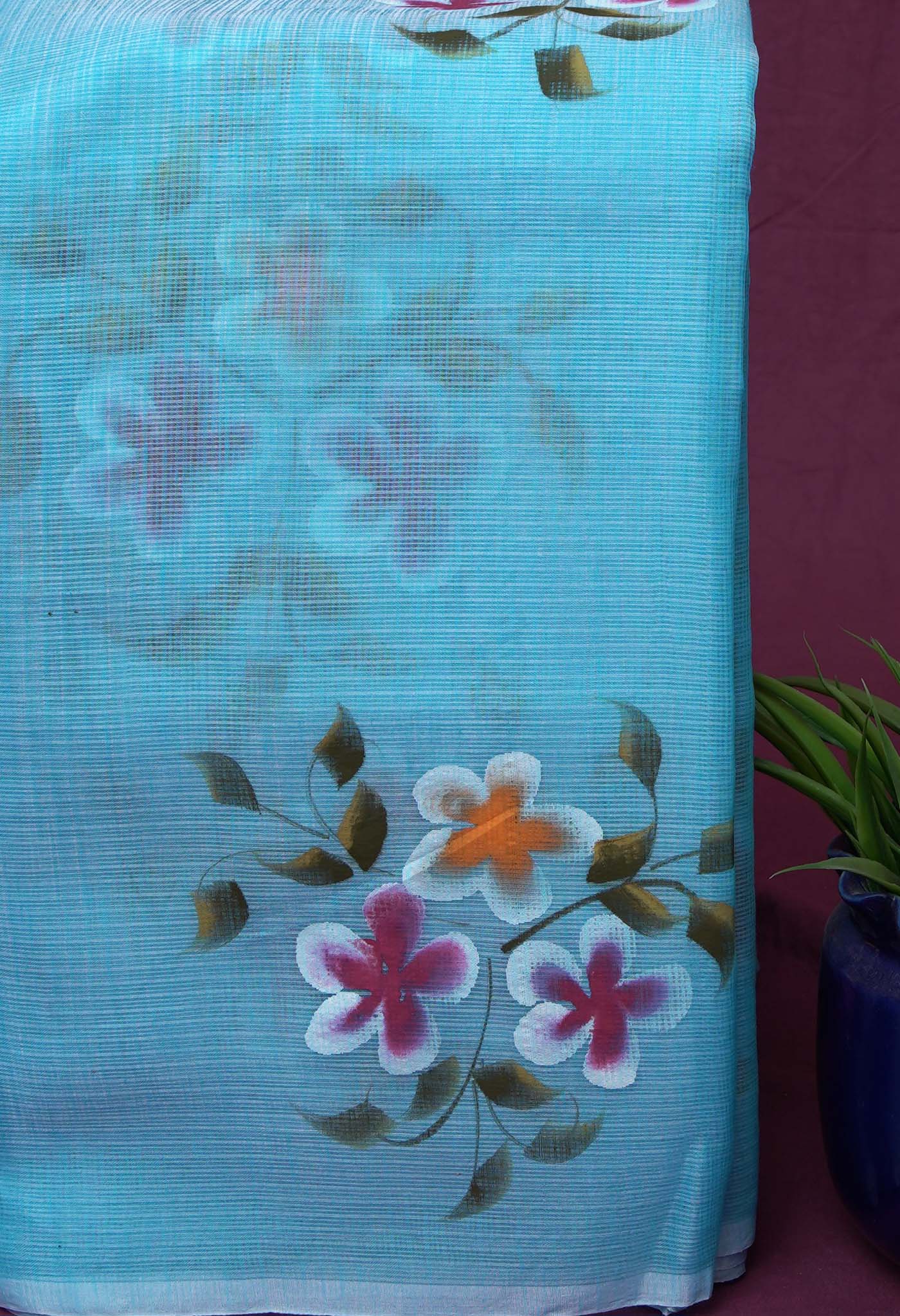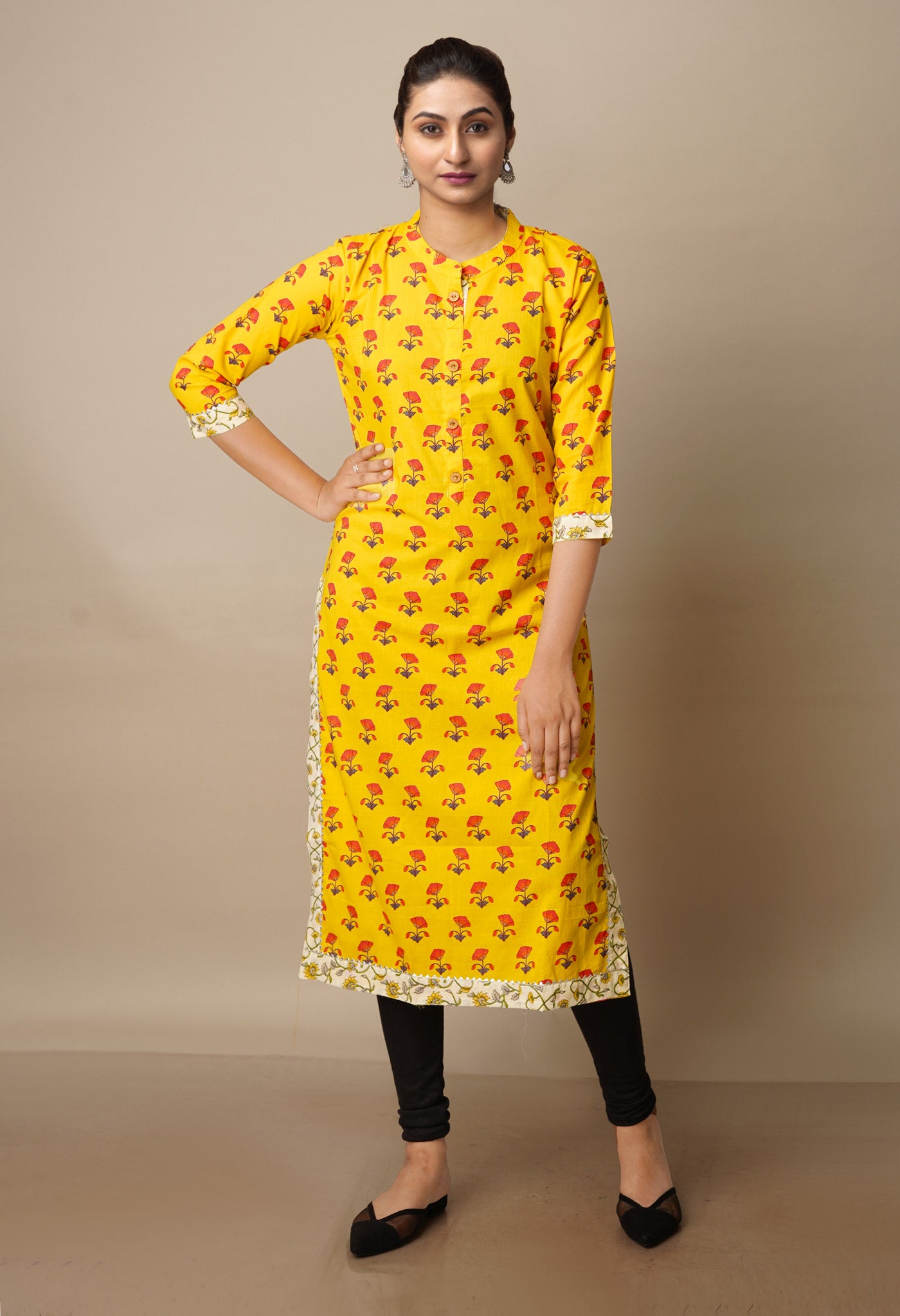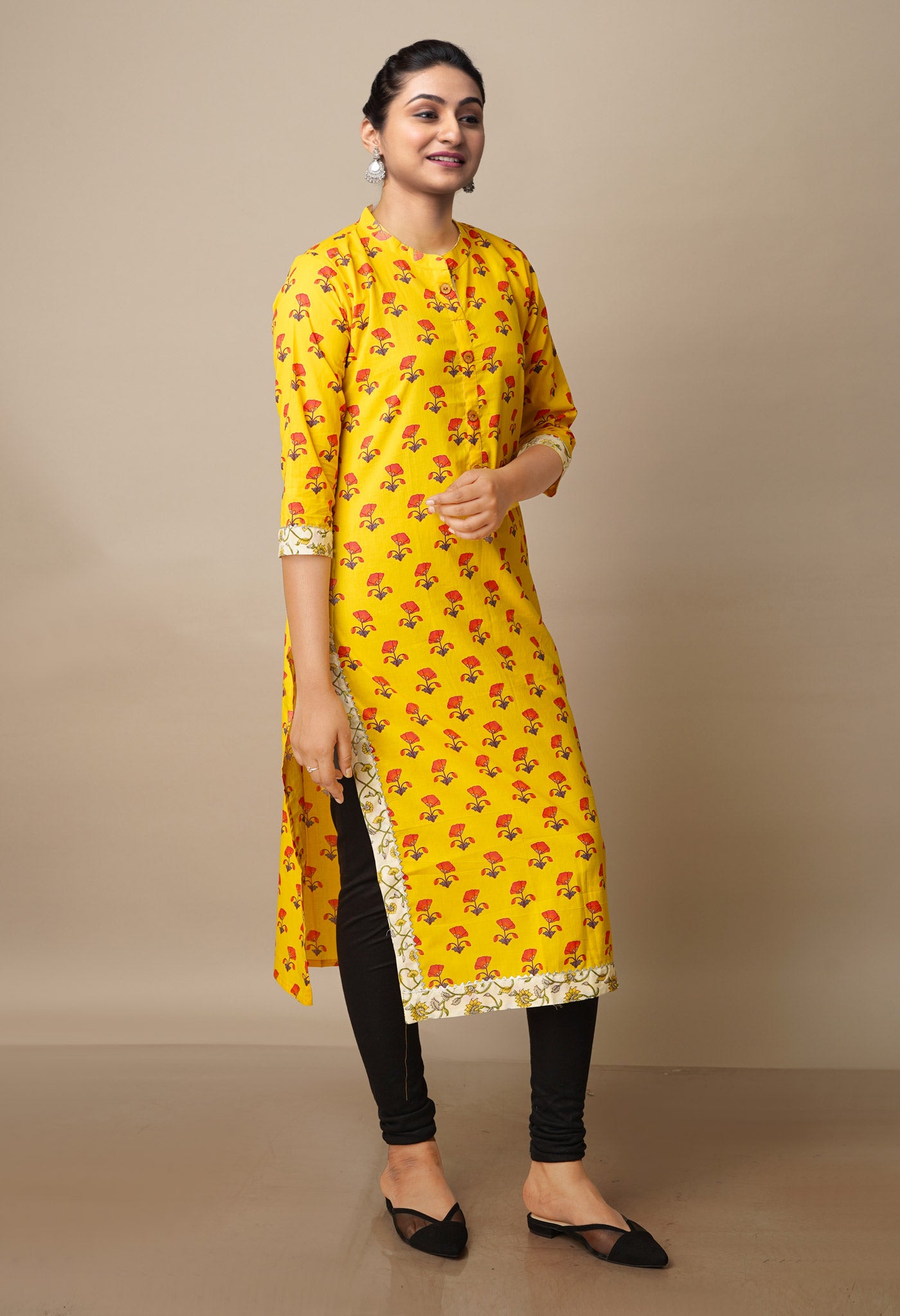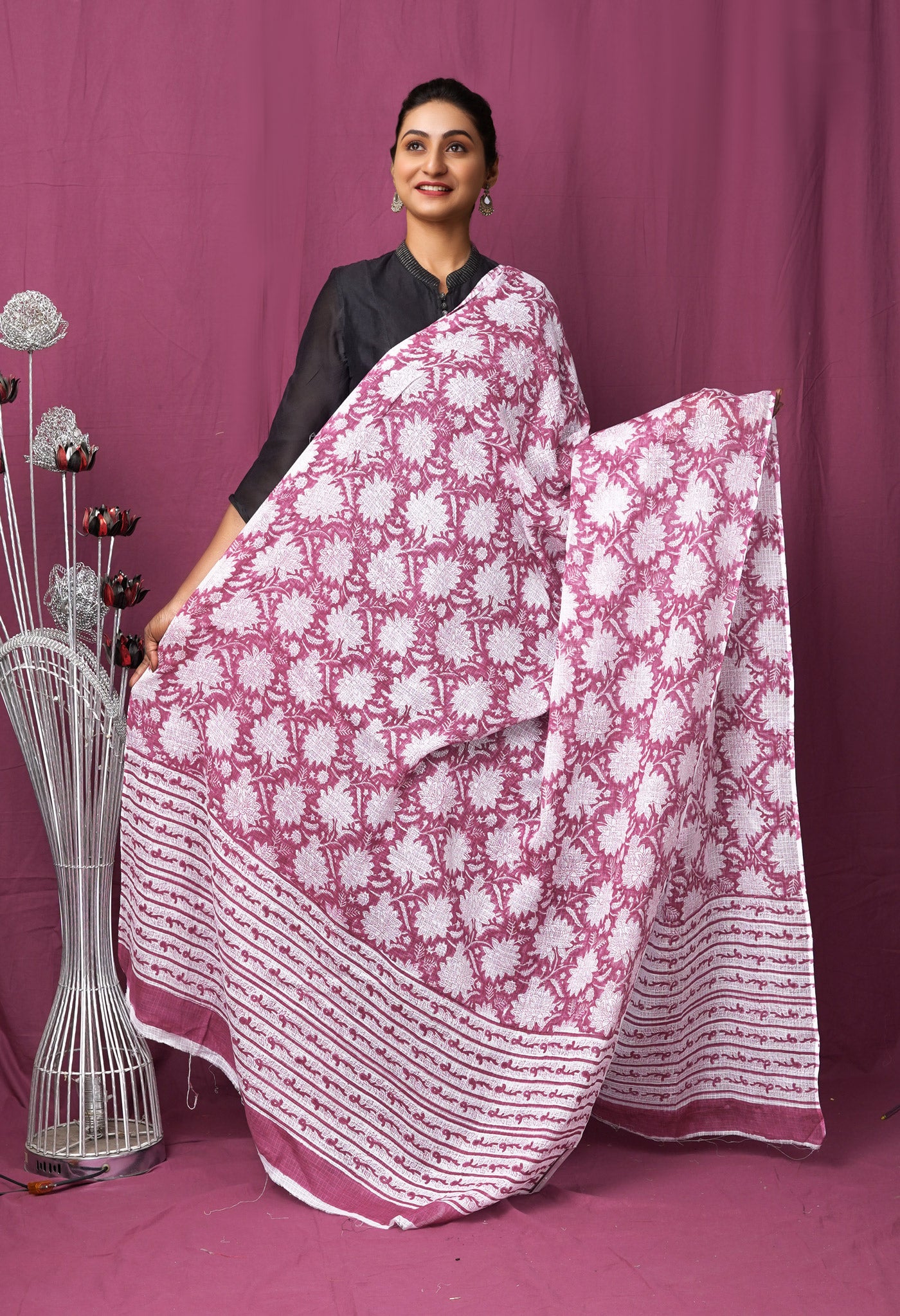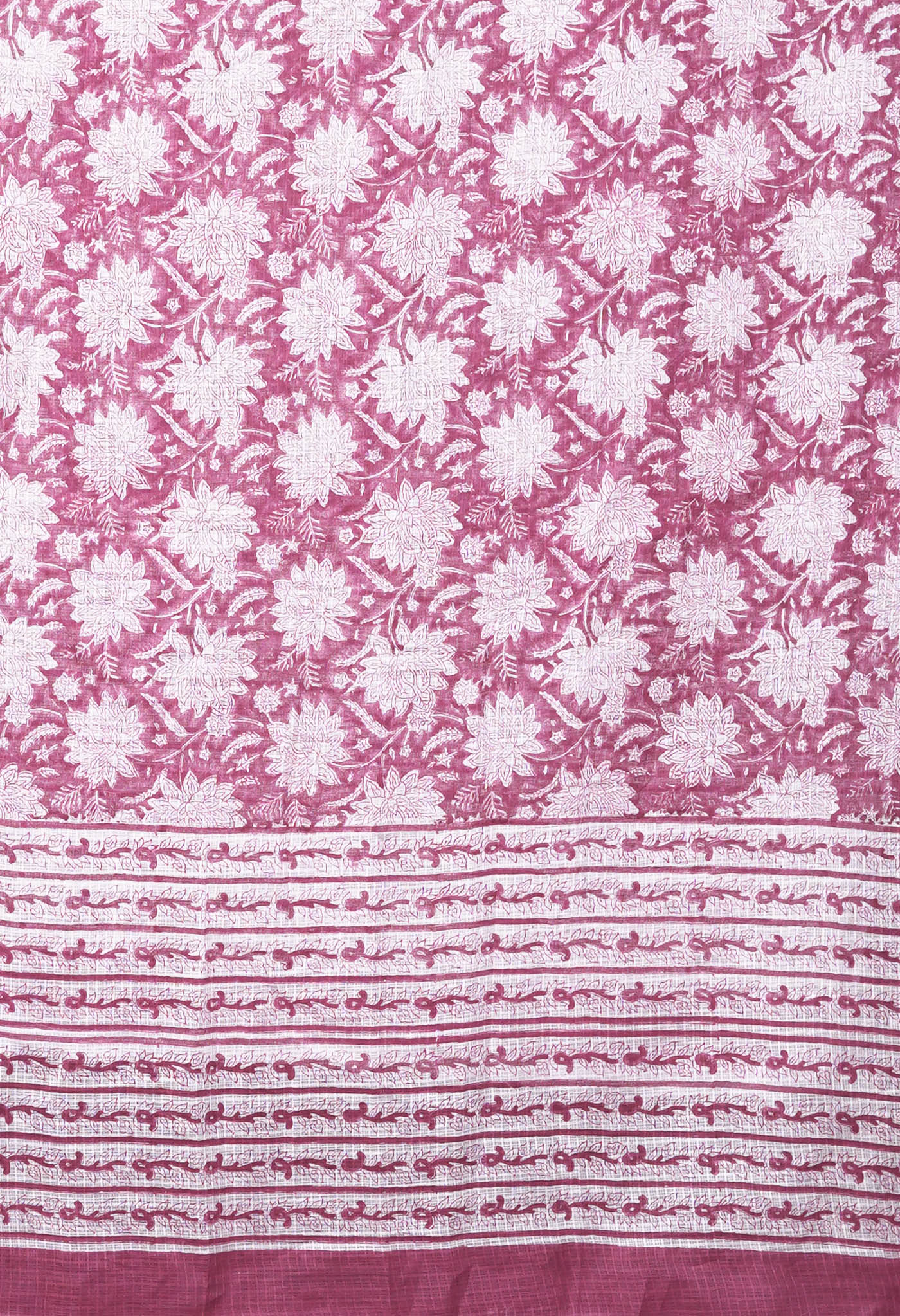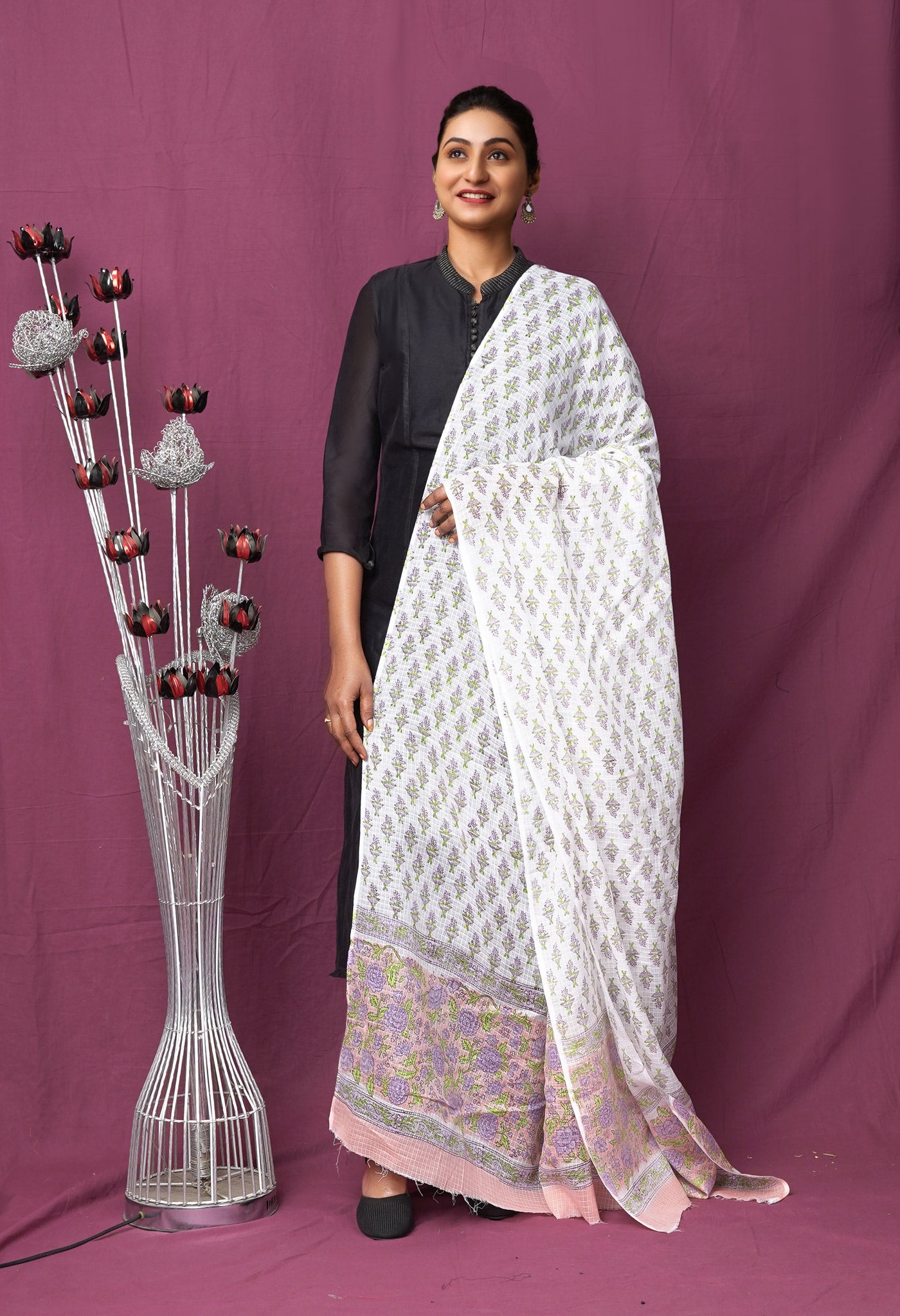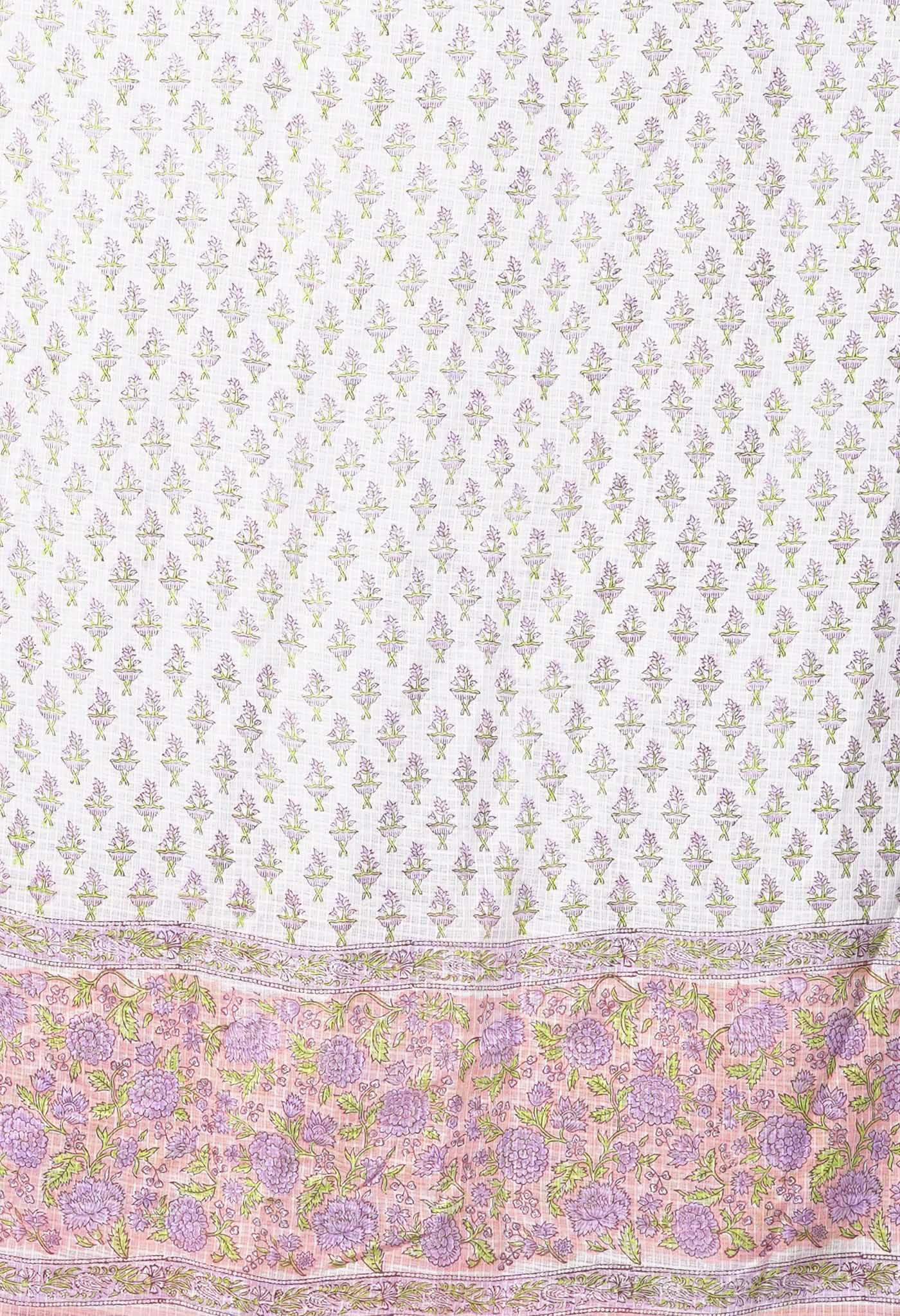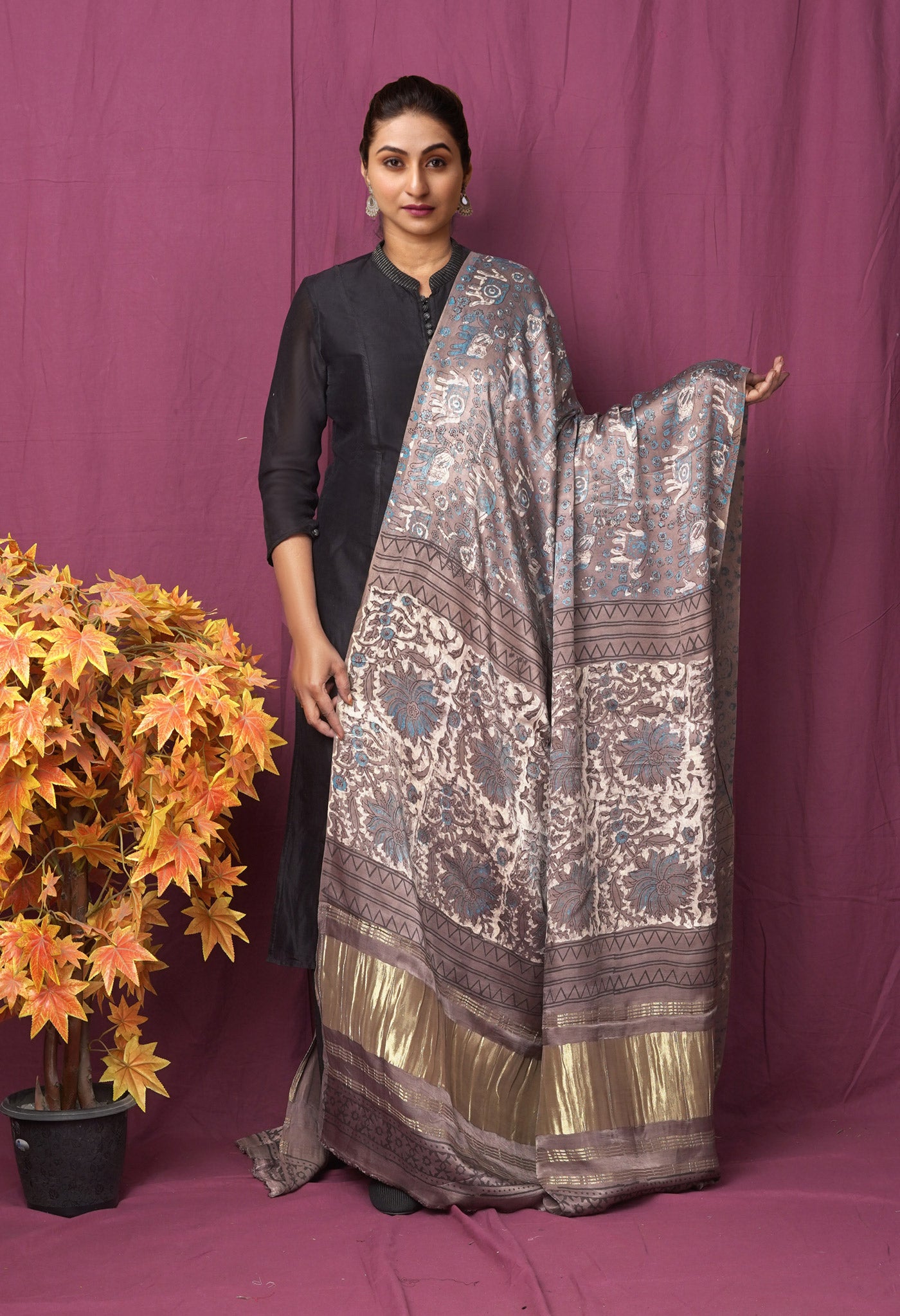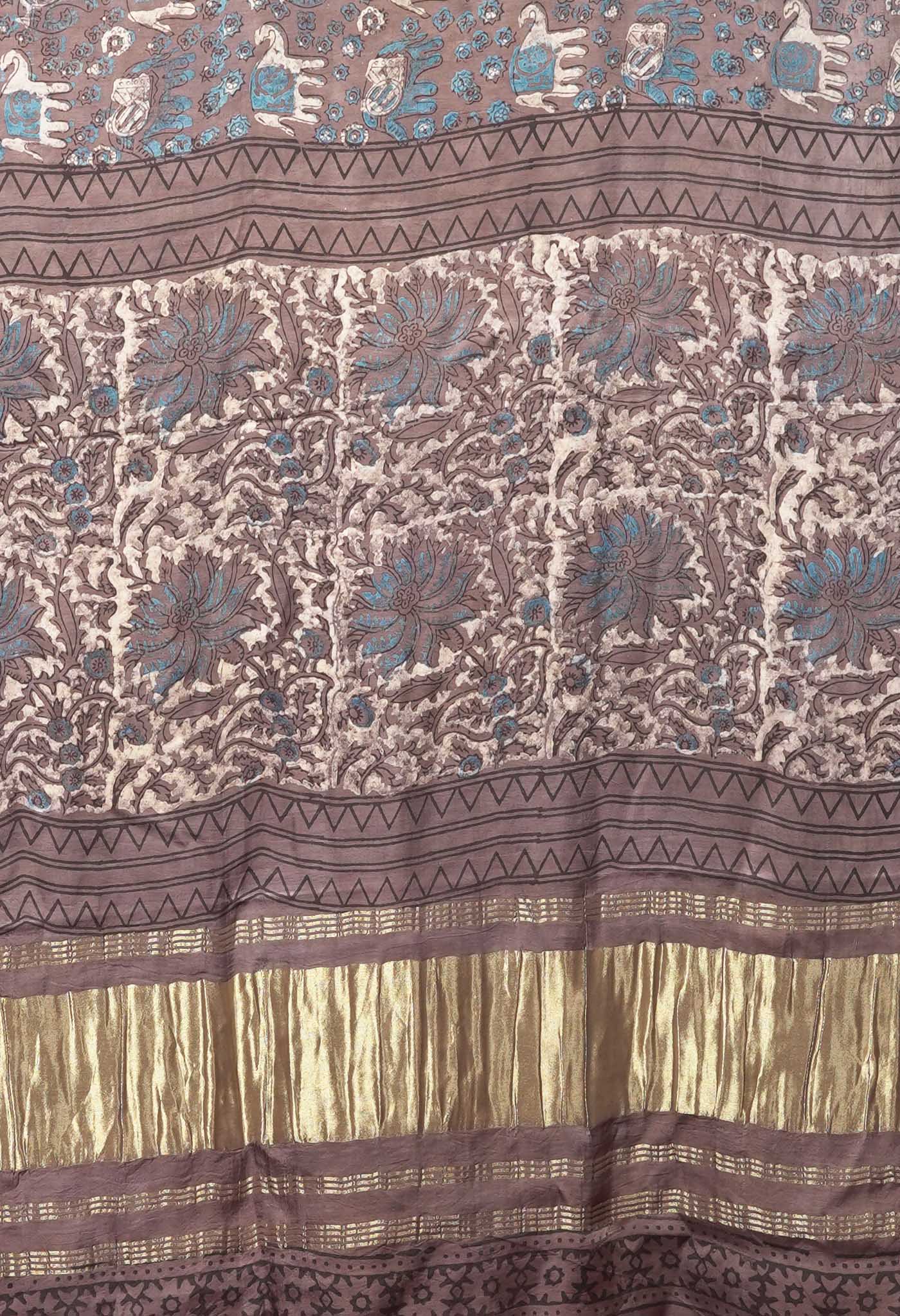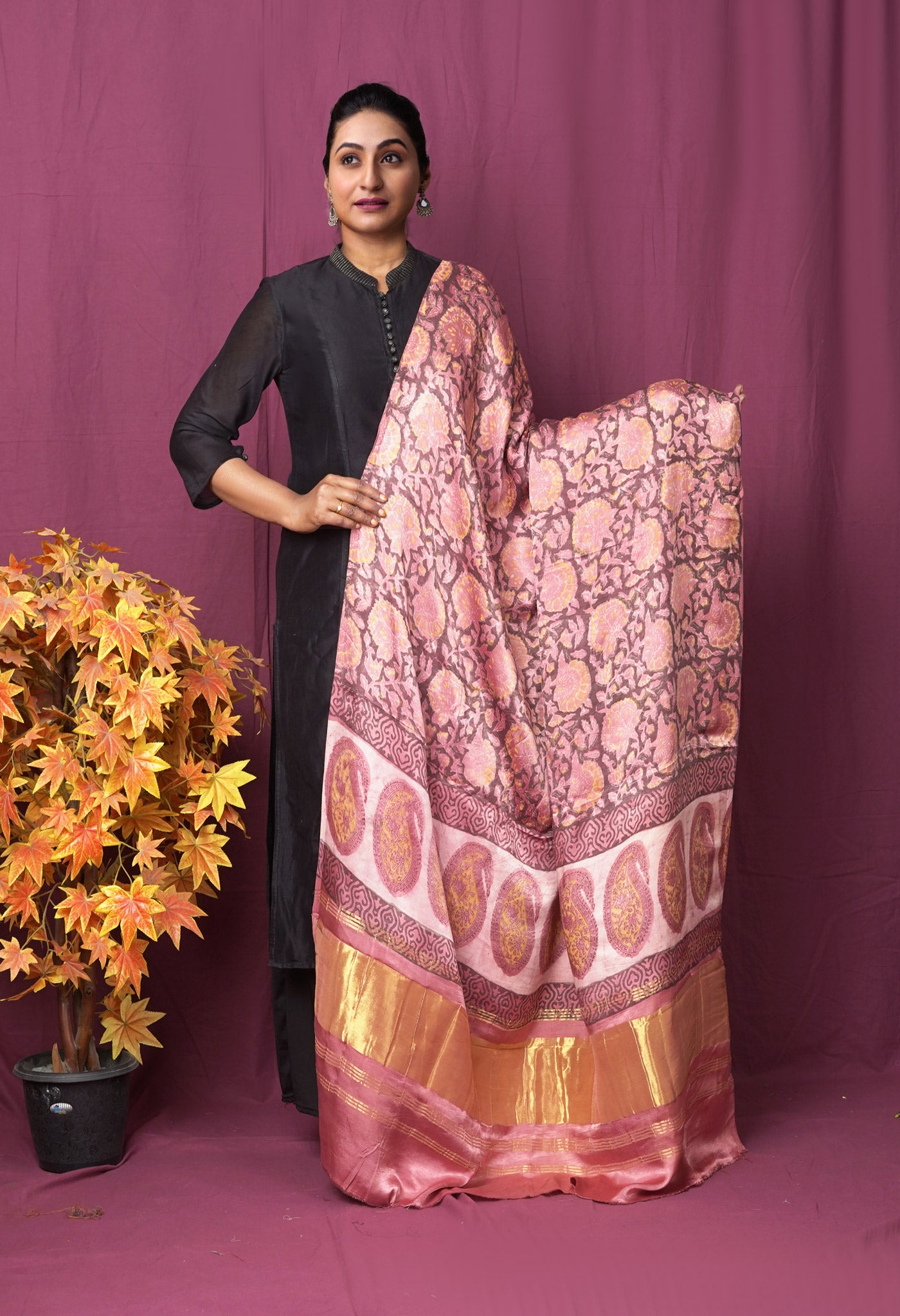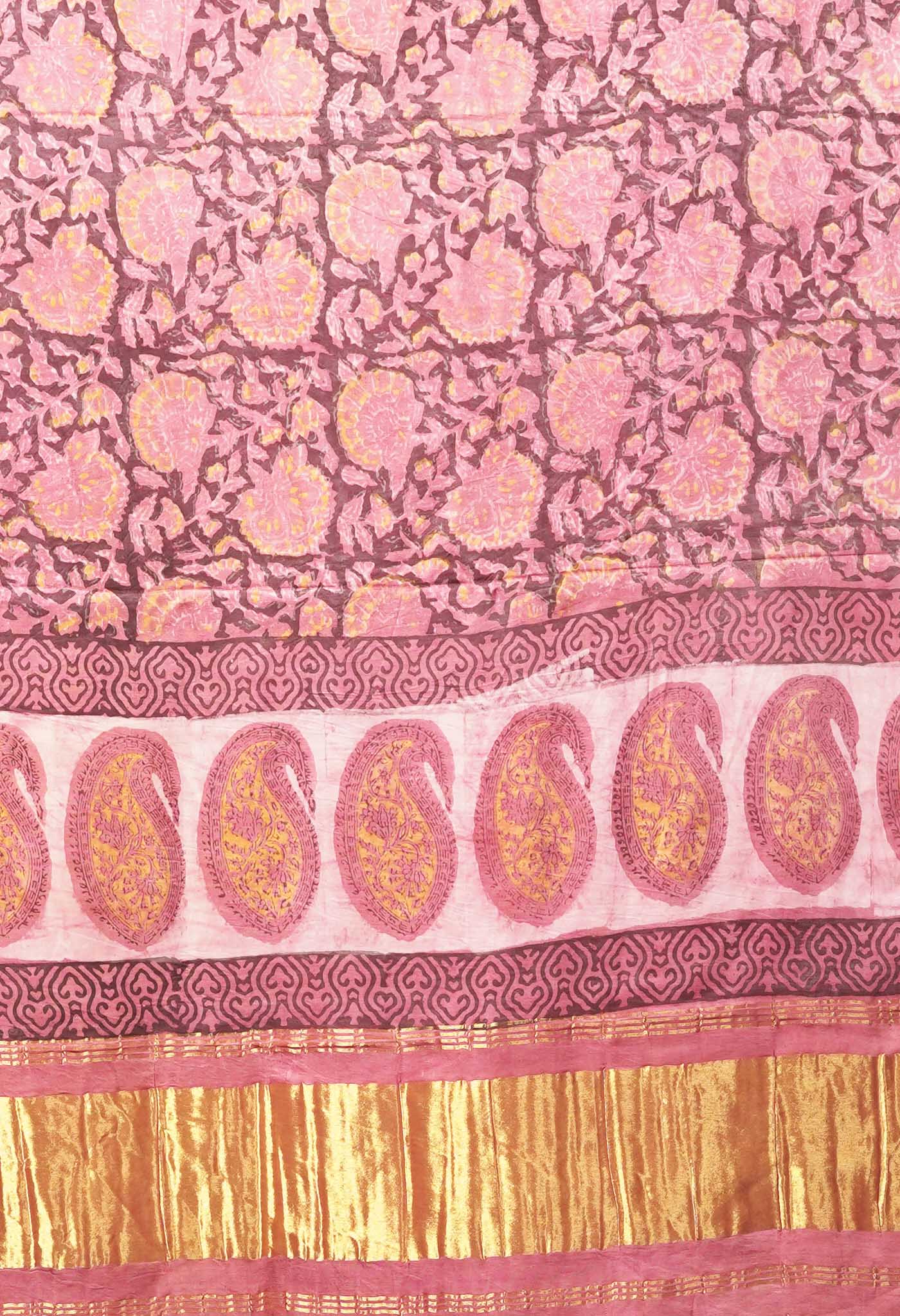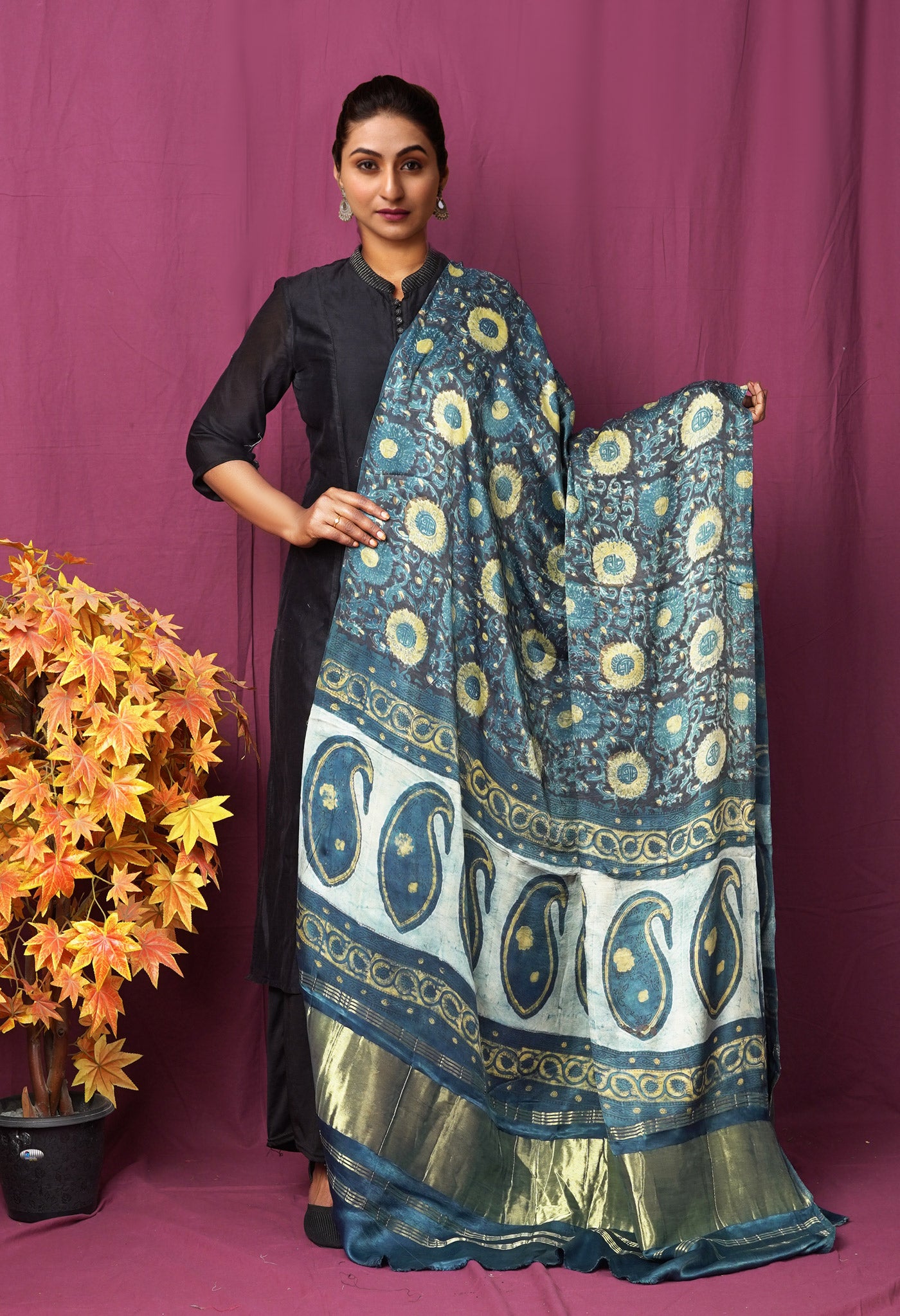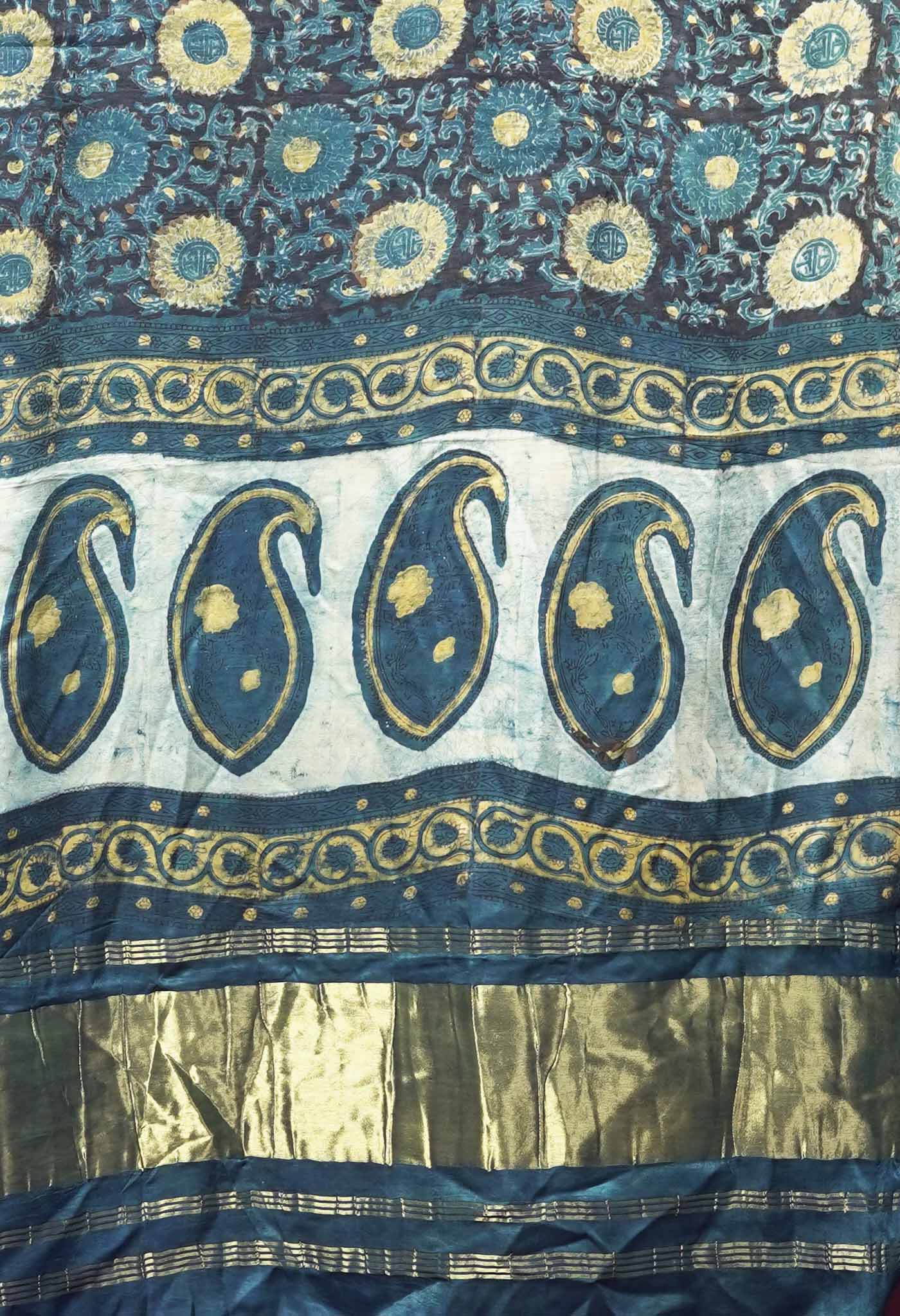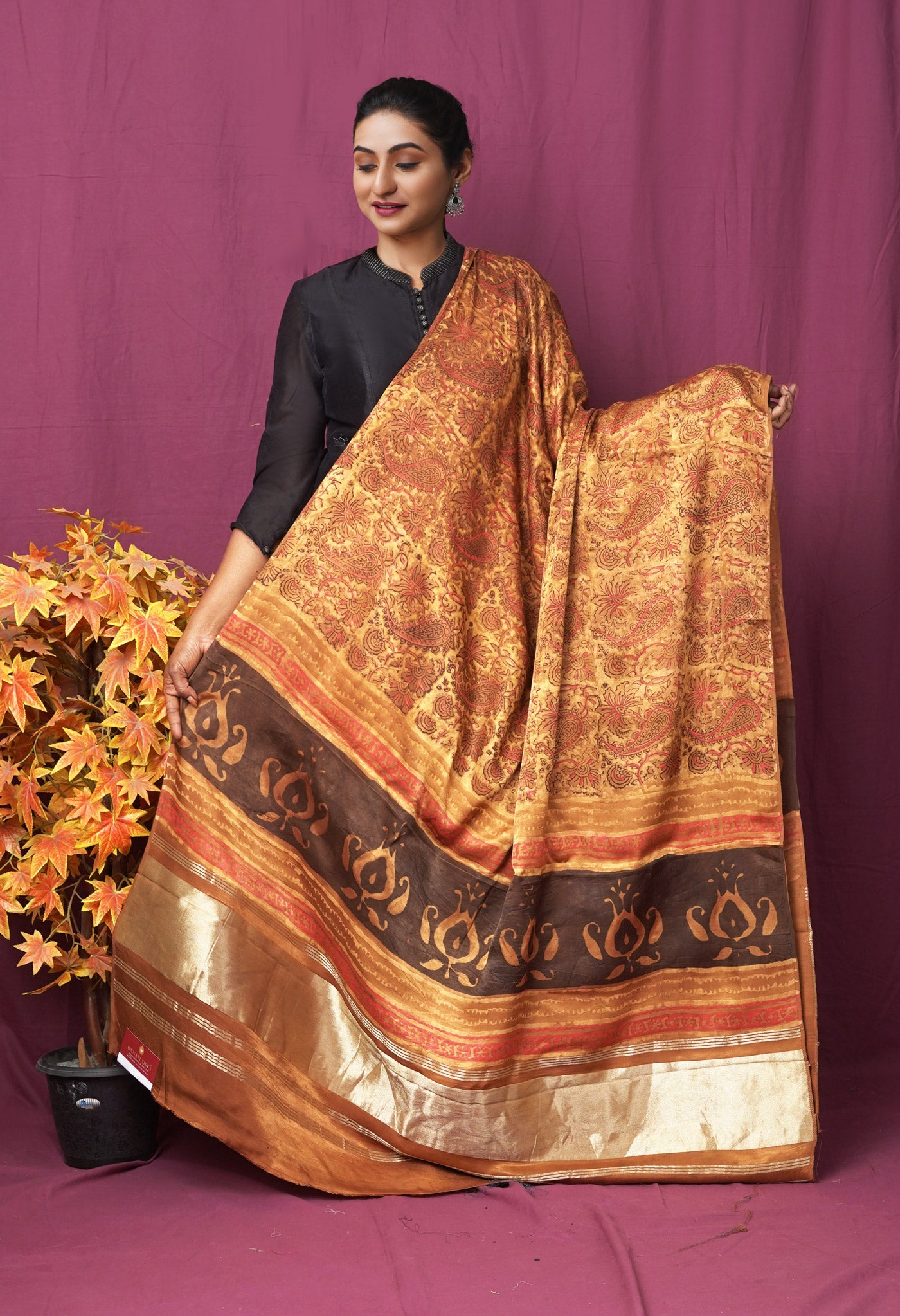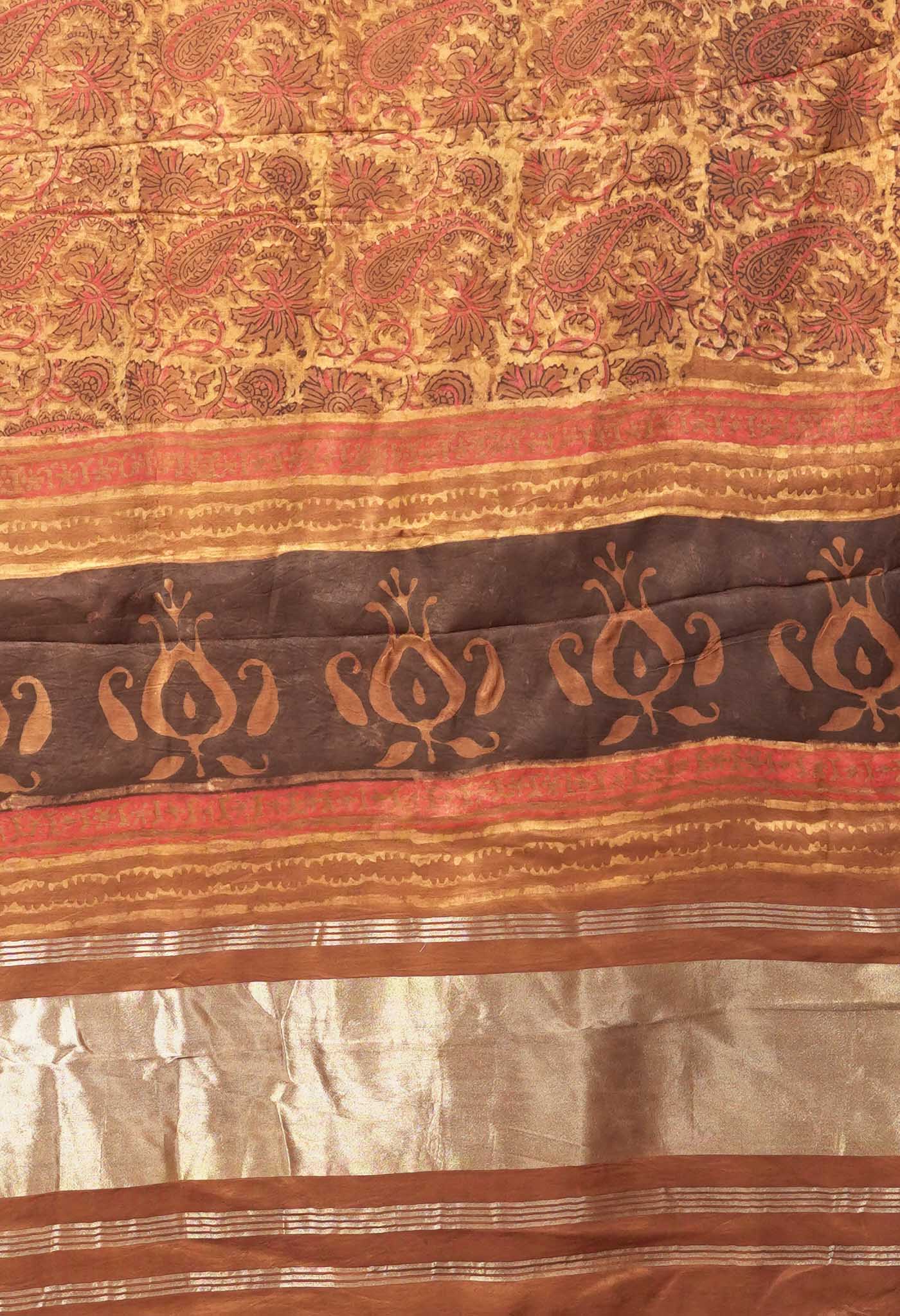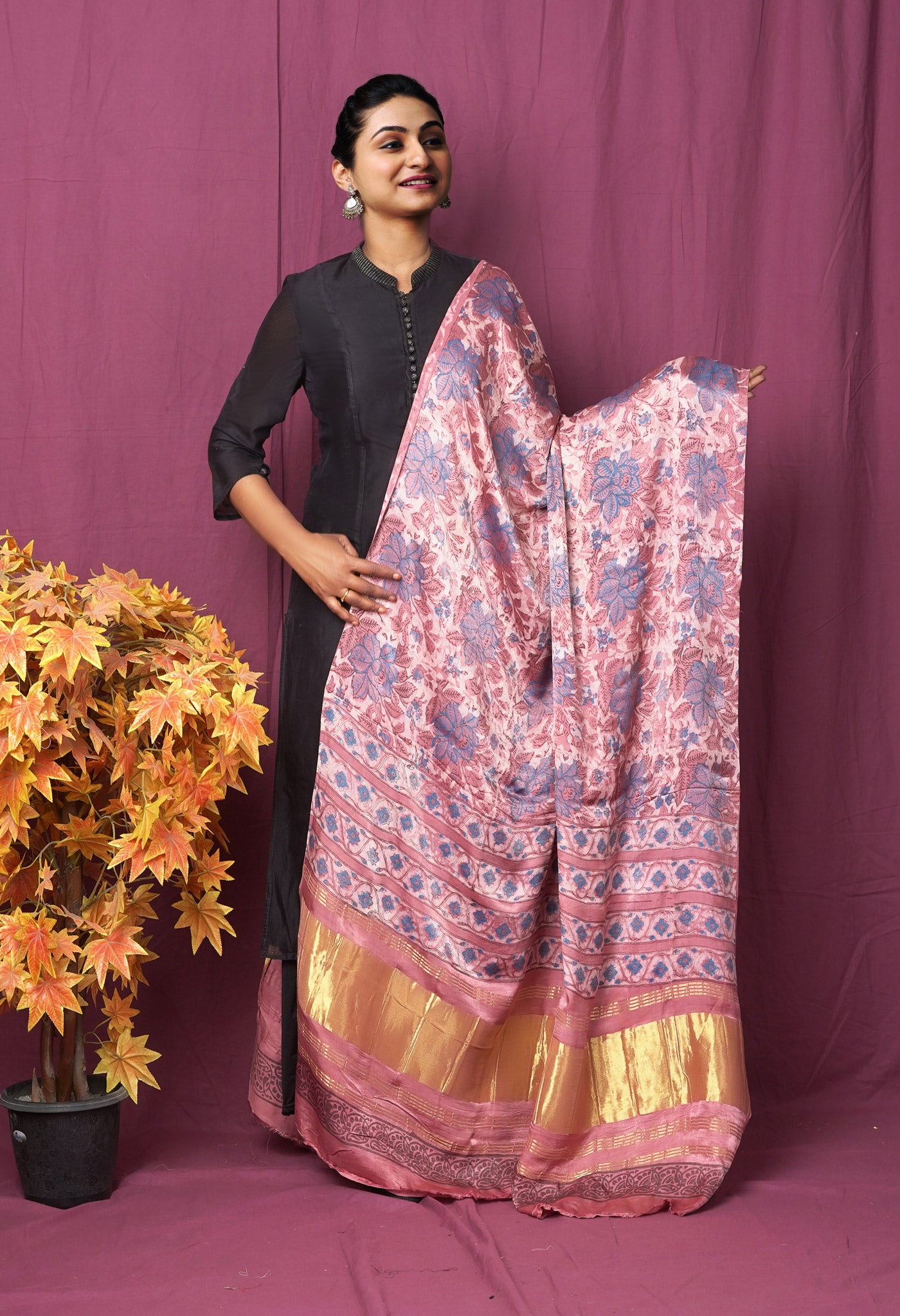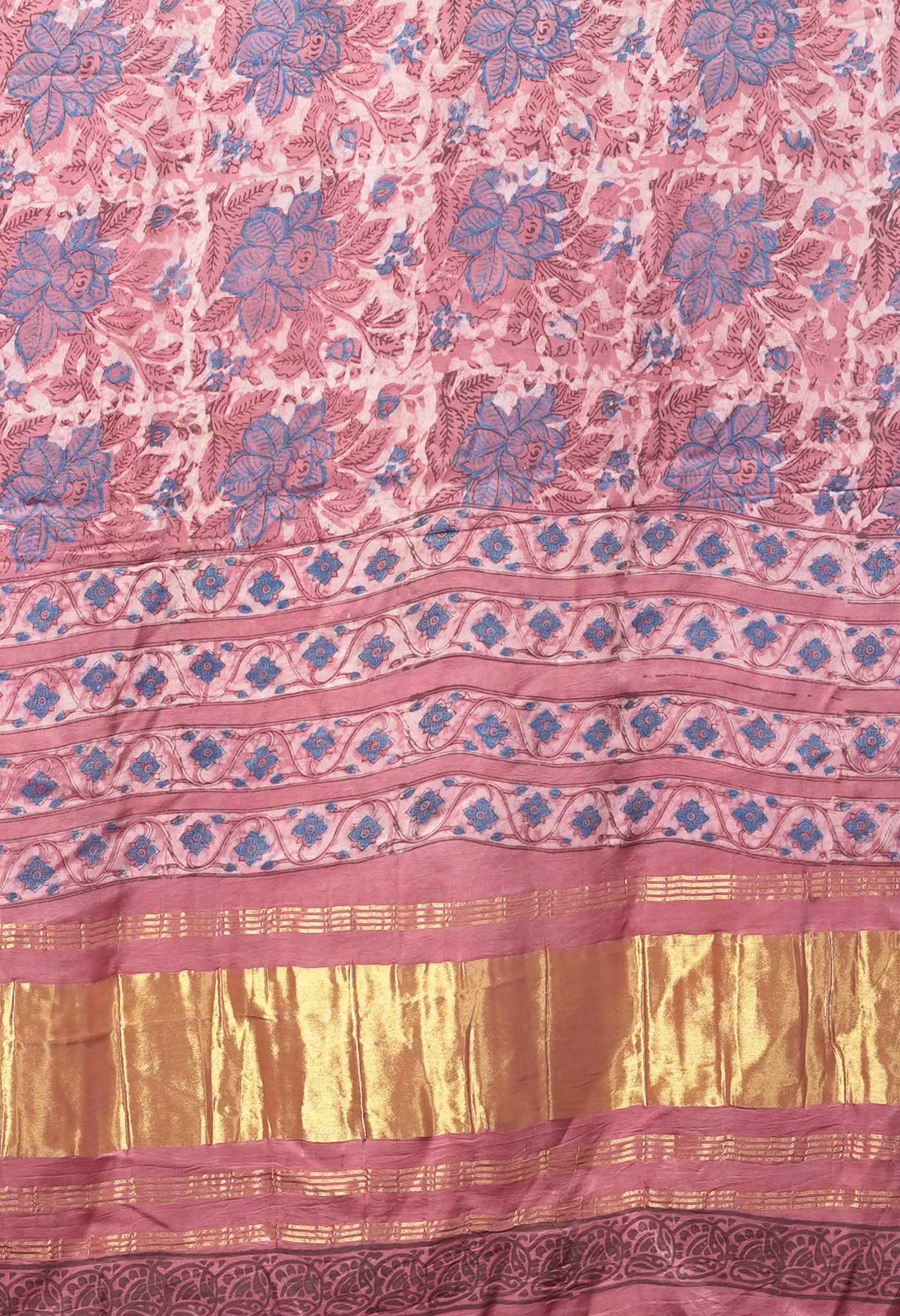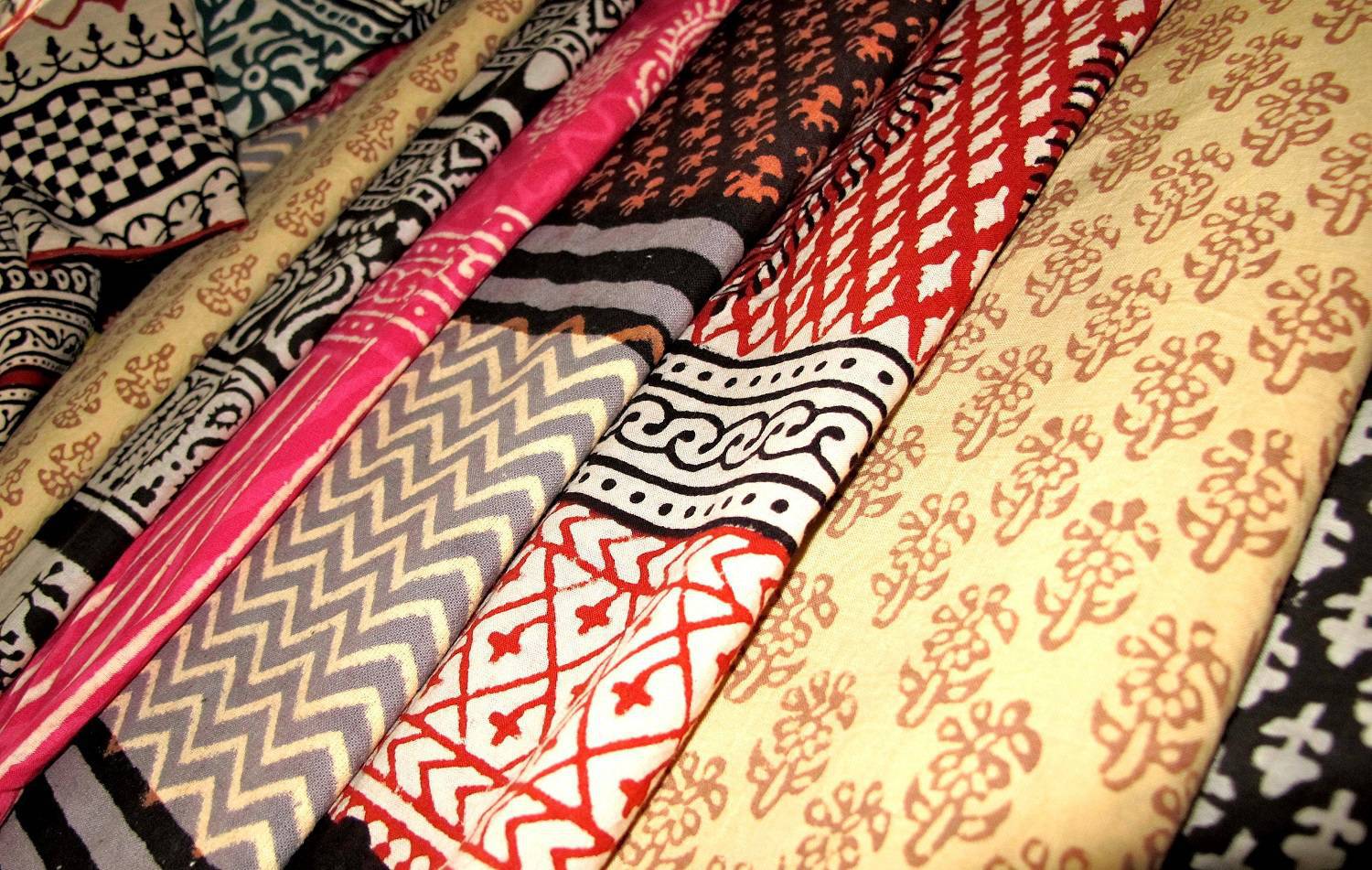
Bagru Block Prints – A Skill Of Unique Seamless Creations On Display
Bagru is the art of block printing on fabrics that traditionally originates from Rajasthan, India.
Bagru Prints are known for their unique use of Natural Dyes and Hand Block Printing.
Wooden Hand Blocks are blocks of wood with holding grips on one side and a flat smooth surface or pressing side with design engraved on it. Designs engraved are transferred to the fabric by filling colours in the etched cavities and giving a sharp hit to the pressed block on the cloth.
The century old traditional art of block printing, unique and painstaking in its nature has been marvellously sustained by the dedicated efforts of the Chipa community. This tradition of block printing involves the art of preparation and use of vegetable dyes, and indigo dyeing. Despite changing trends in the colouring of the fabric, the community has continued the use of natural dyes mostly in earthy shades for their printing work.
Initially the entire quantity of cotton cloth or fabric, normally a sizeable bundle received, has to be cut in desired sizes. This is based on the nature of the fabric; saree, bedspread, dupatta or whatever, according to the individual measurements provided and in the numbers specified.
[/vc_column_text][/vc_column][vc_column width="1/2"][vc_column_text]
The primary colours of red, green, blue and yellow are available from the following substances. Blue is available from Indigo, with desired shade got from increasing the concentration or diluting it. Green is available through indigo mixed with pomegranate. Red is through the Madder Root, while yellow is from turmeric.
After the fabric is completely block printed it is dried and later put in vats of boiling water containing alum and other agents. The solution with fabric in it is constantly stirred to prevent sticking to any portion of the vessel. The process is complete with the fabric being washed again to remove excess colour and any other sticking impurities.
Hand Block Printing using these natural colours is done mostly on fabrics with large canvas such as sarees, quilts, bed covers, though pillow covers, turbans and other smaller items of cloth also are taken up. Themes are generally floral prints, geometrical shapes etc.
Bagru prints are done on off-white, ivory white or beige background sarees. Motifs of circular designs, flowers, fruits, birds create allure on fabrics like crepe, georgette, chiffon, silk, cotton. Exotic Bagru prints are quite popular on south handloom cotton saris woven with zari borders.
[/vc_column_text][/vc_column][/vc_row][vc_row][vc_column width="1/2"][vc_gallery type="nivo" interval="10" images="4406,4409,4408,4407" img_size="800*450" onclick="link_no"][/vc_column][vc_column width="1/2"][vc_video link="http://www.youtube.com/watch?v=Uyf2d8VKGnY"][/vc_column][/vc_row][vc_row][vc_column width="1/2"][vc_column_text]
The two-fold process of dyeing and block printing then begins.
The fabric is pre-washed and soaked for several hours together to allow for dirt, oil and other contaminants to separate out. It starts with the smearing of the fabric or cloth too be dyed, with Fuller’s Earth, brought from the riverside and then dipping it in turmeric water. Fuller’s Earth washed away imparts a creamish colour to the fabric.
Then it is soaked in the solution of Harda or fruit of the myrobalan plant and dried in the sun which gives it a yellowish cream hue. This is a unique feature of Bagru Prints and the process is instrumental for the colour fastness of the dyes that would be applied.
The fabric is then printed with natural dyes or colorants which are derived from plants and animals. Different blocks with different colours are used for the outer, the outline and the inner filling in the design. Incidentally a majority of the natural dyes are from plants and hence Bagru Prints are also referred to as ‘eco-friendly’ prints.
[/vc_column_text][/vc_column][vc_column width="1/2"][vc_column_text]
Bagru Block Printed Sarees from Unnati Silks, devoted to ethnic weaves and traditional styles in fabrics, have enthralled the market in new and delightful creations.
You have Designer Dupioni Silk Sari with big and bold Bagru prints accentuated with zari embroidery, and mirror work. There is the Rajasthani Silk Saree of ethnic Bagru with big and bold motifs and geometrical prints on the pallu. You even have Fancy Georgette Crepe Silk Sari with floral patterns and embellished with kundans, sequins and beads.
Bagru Block printing has indeed given a fresh perspective to the art of fabric printing. Novel and easier than conventional printing methods it has offered the traditional stylists and fashion designers alike a new and faster art of inspiring prints with fine detailing which could otherwise not have been possible
[/vc_column_text][/vc_column][/vc_row][vc_row][vc_column][vc_cta_button call_text="Vibrant Bagru Printed Ethnic Sarees and Salwar Kameez can be purchased online from Unnati Silks" title="Shop Now" target="_blank" color="btn-danger" size="btn-large" href="https://www.unnatisilks.com/blog/wp-content/uploads/2014/02/?q=bagru"][/vc_column][/vc_row]

